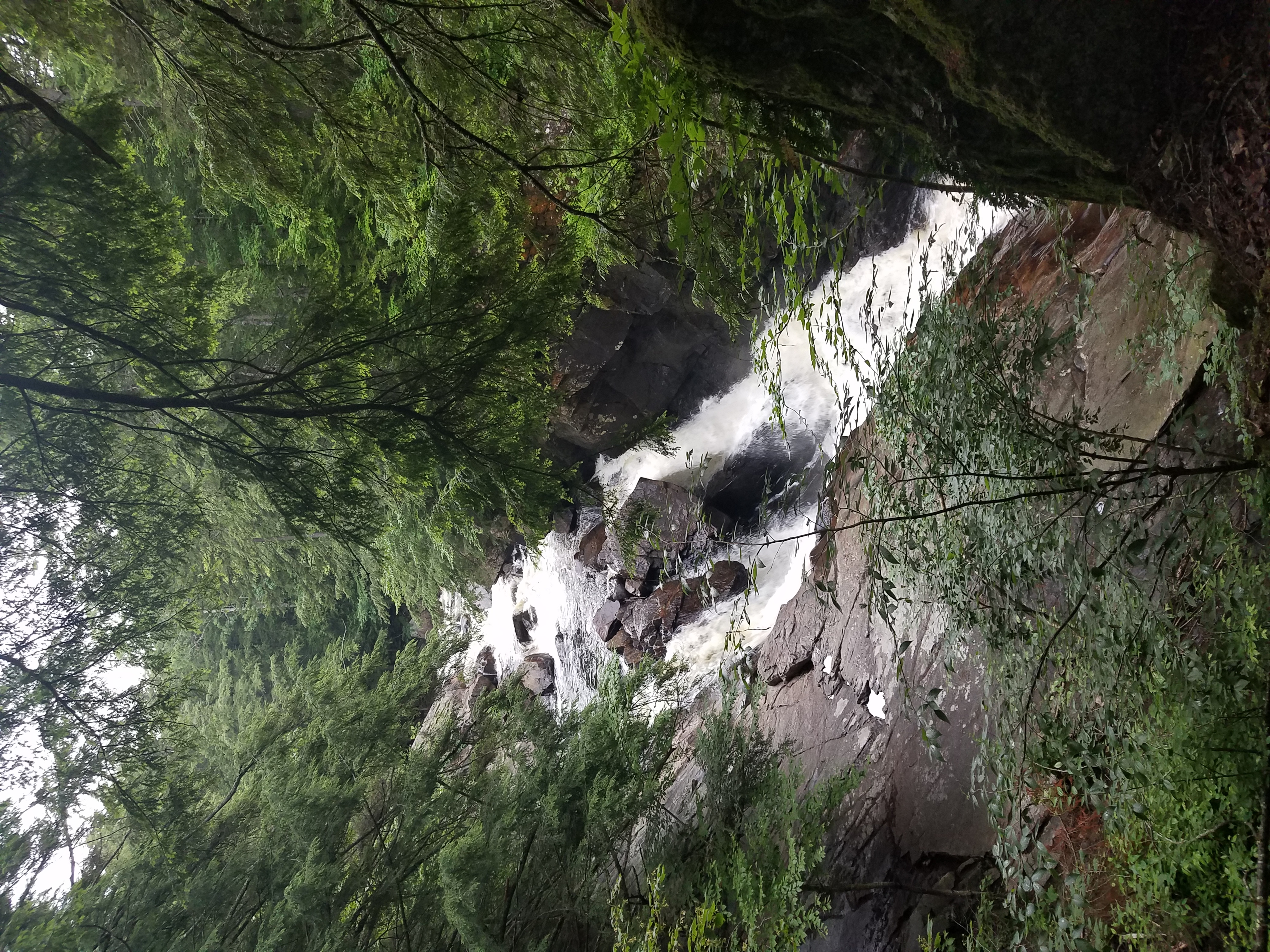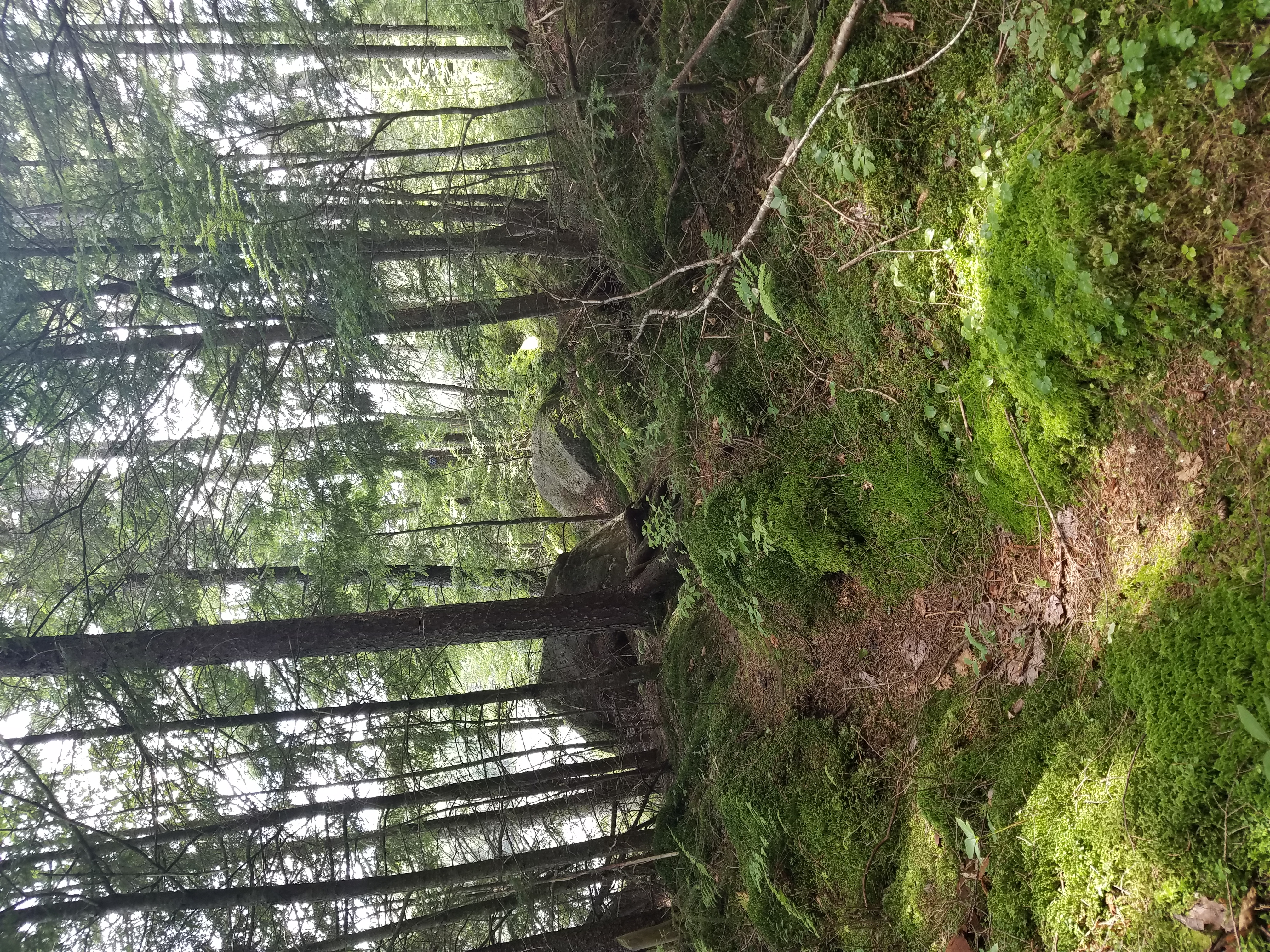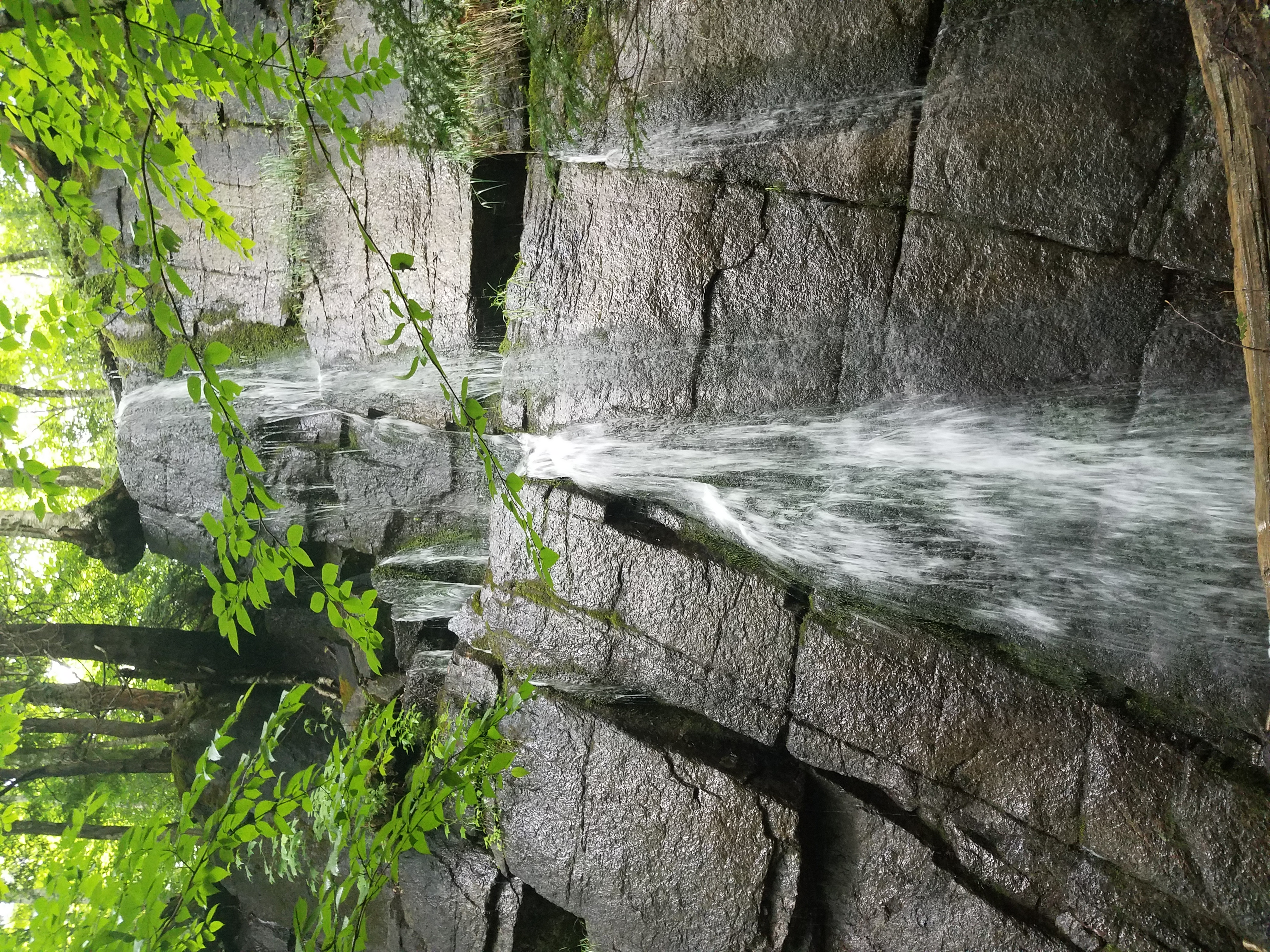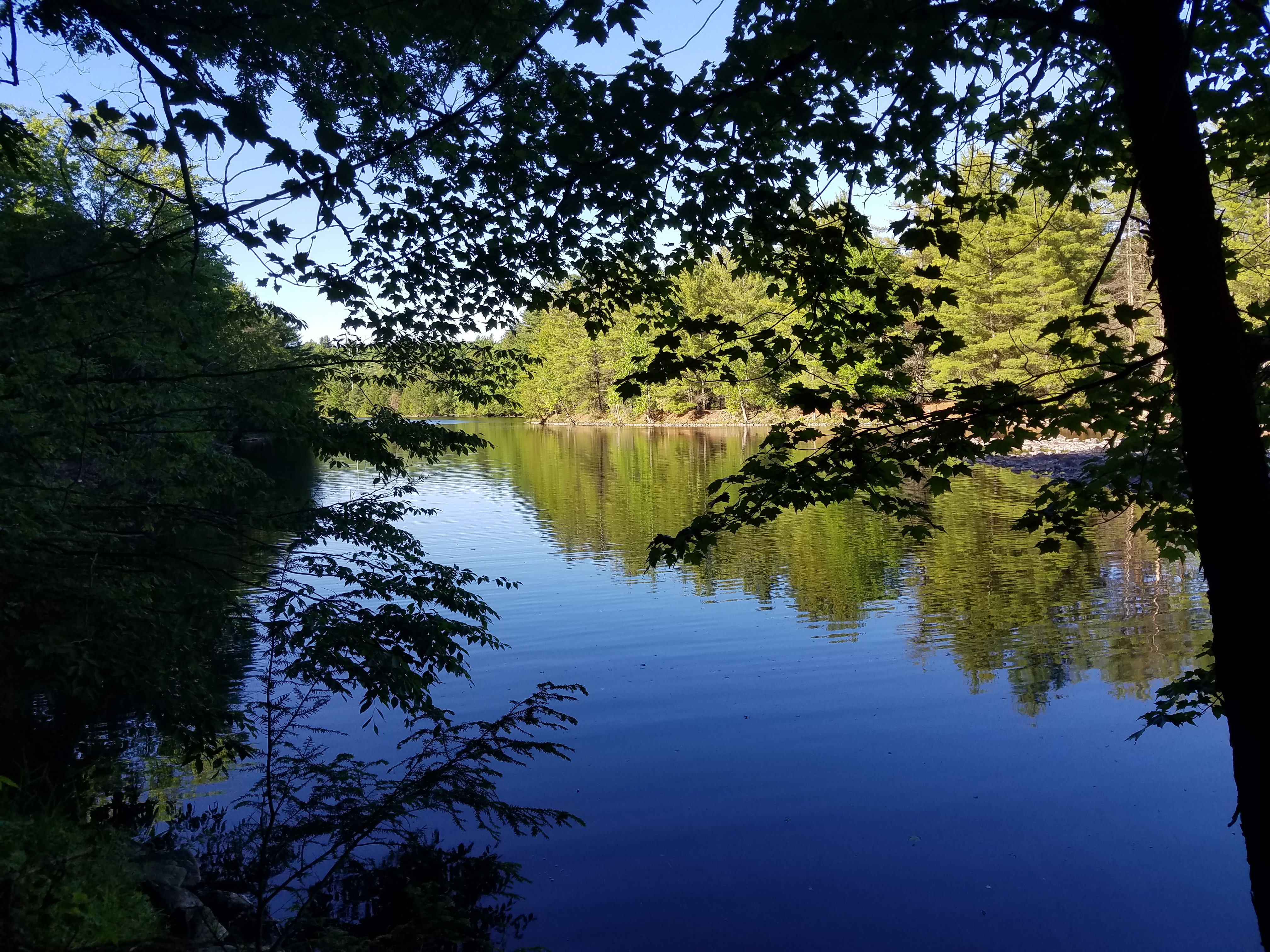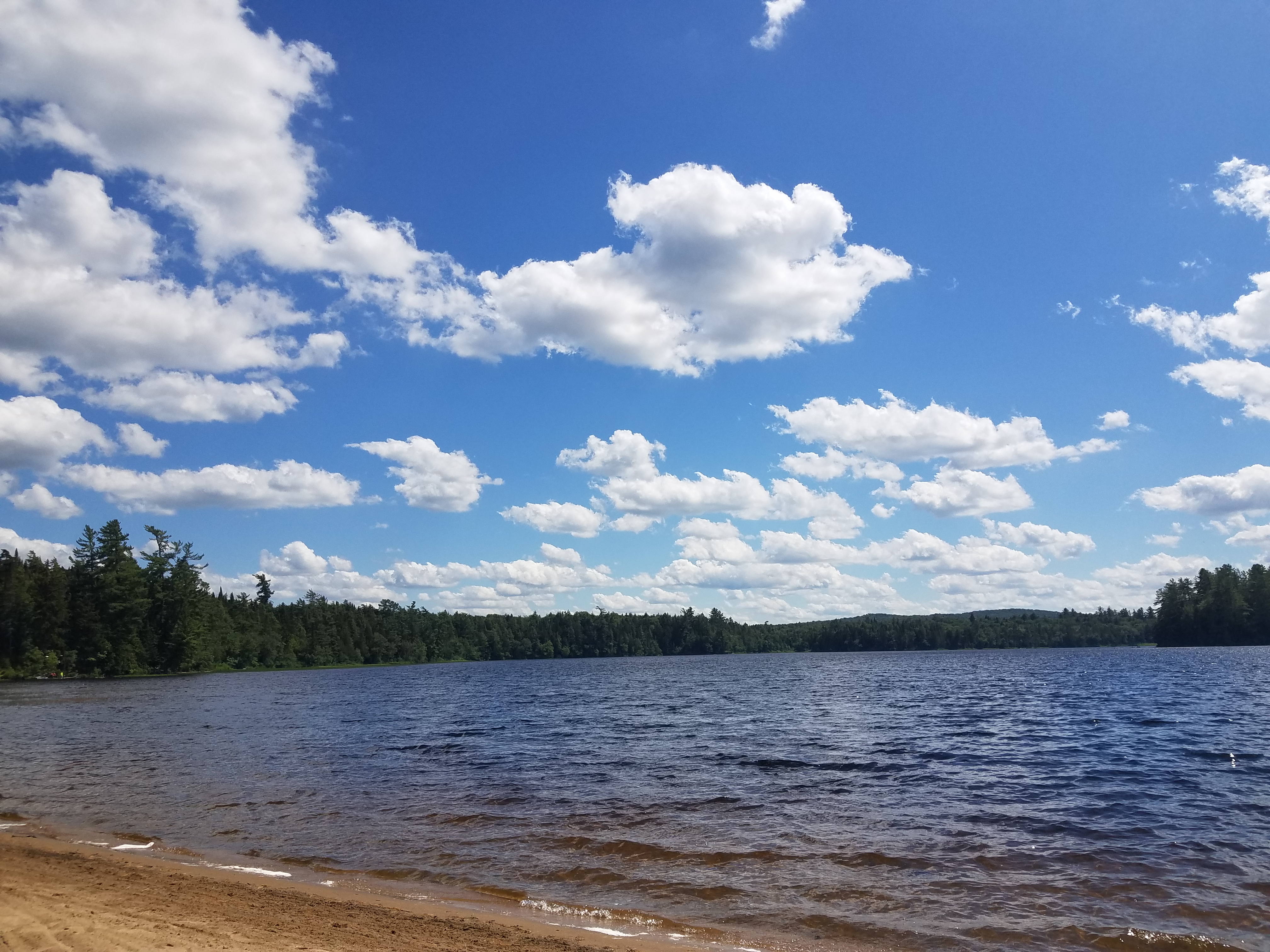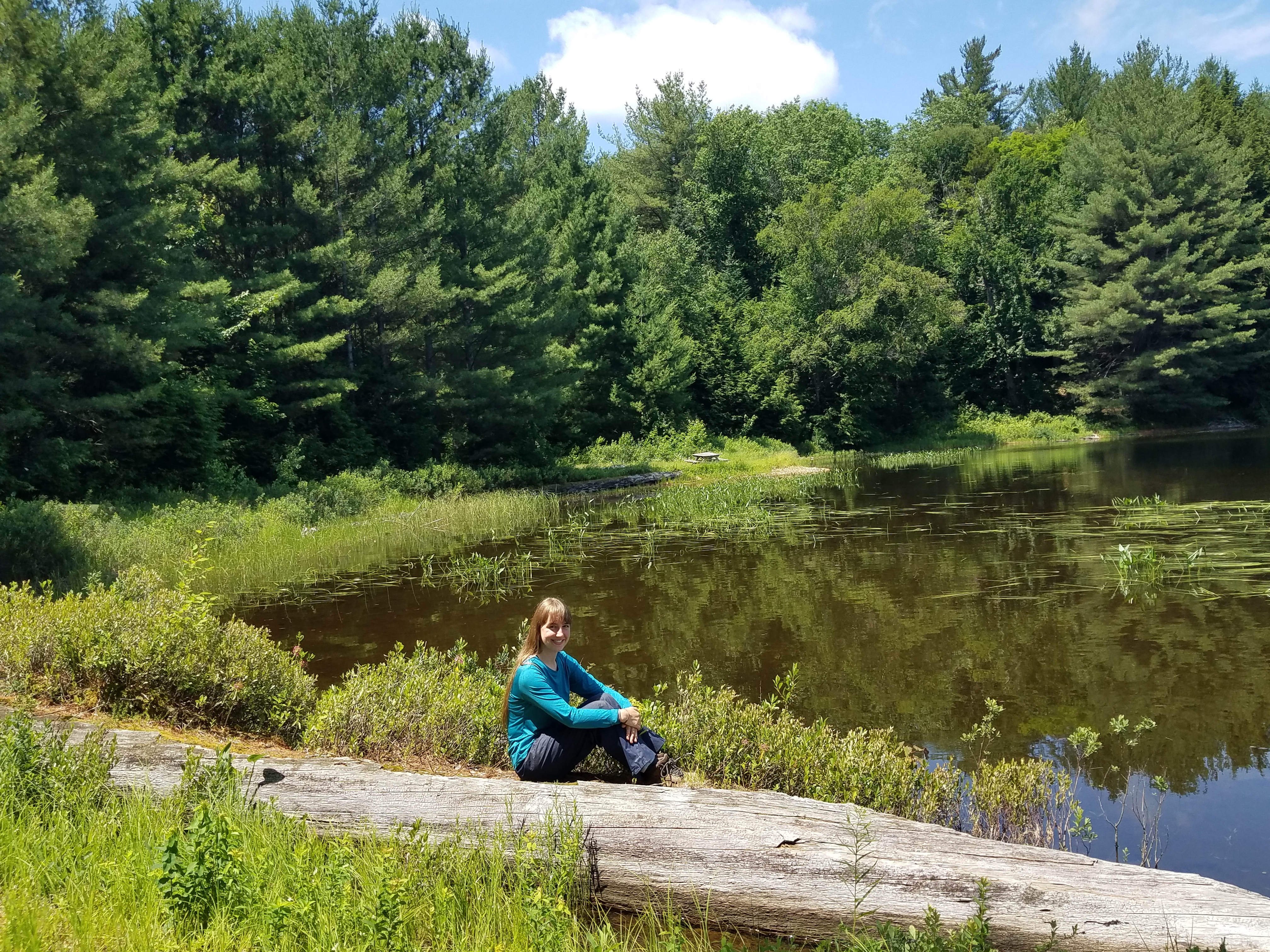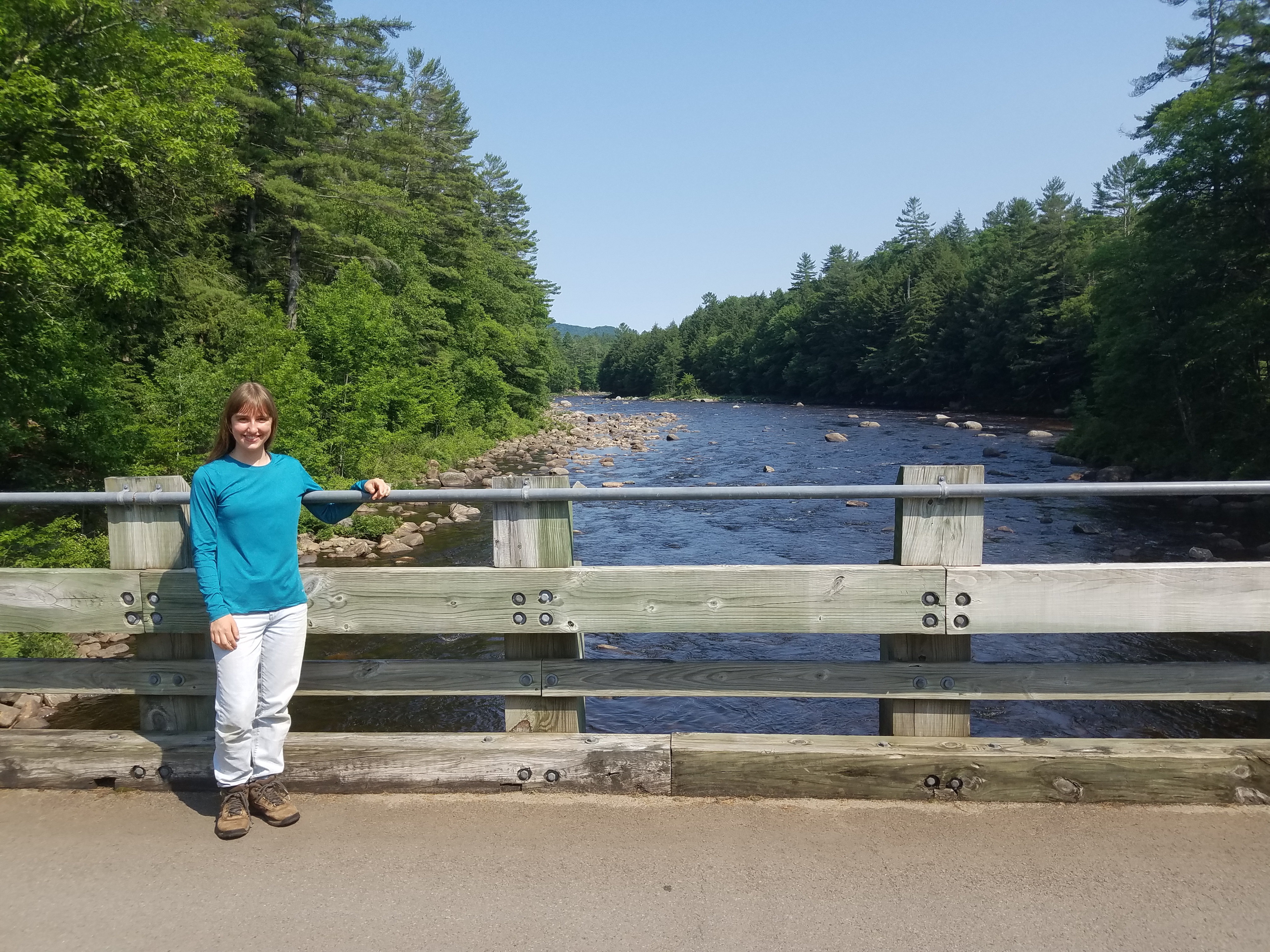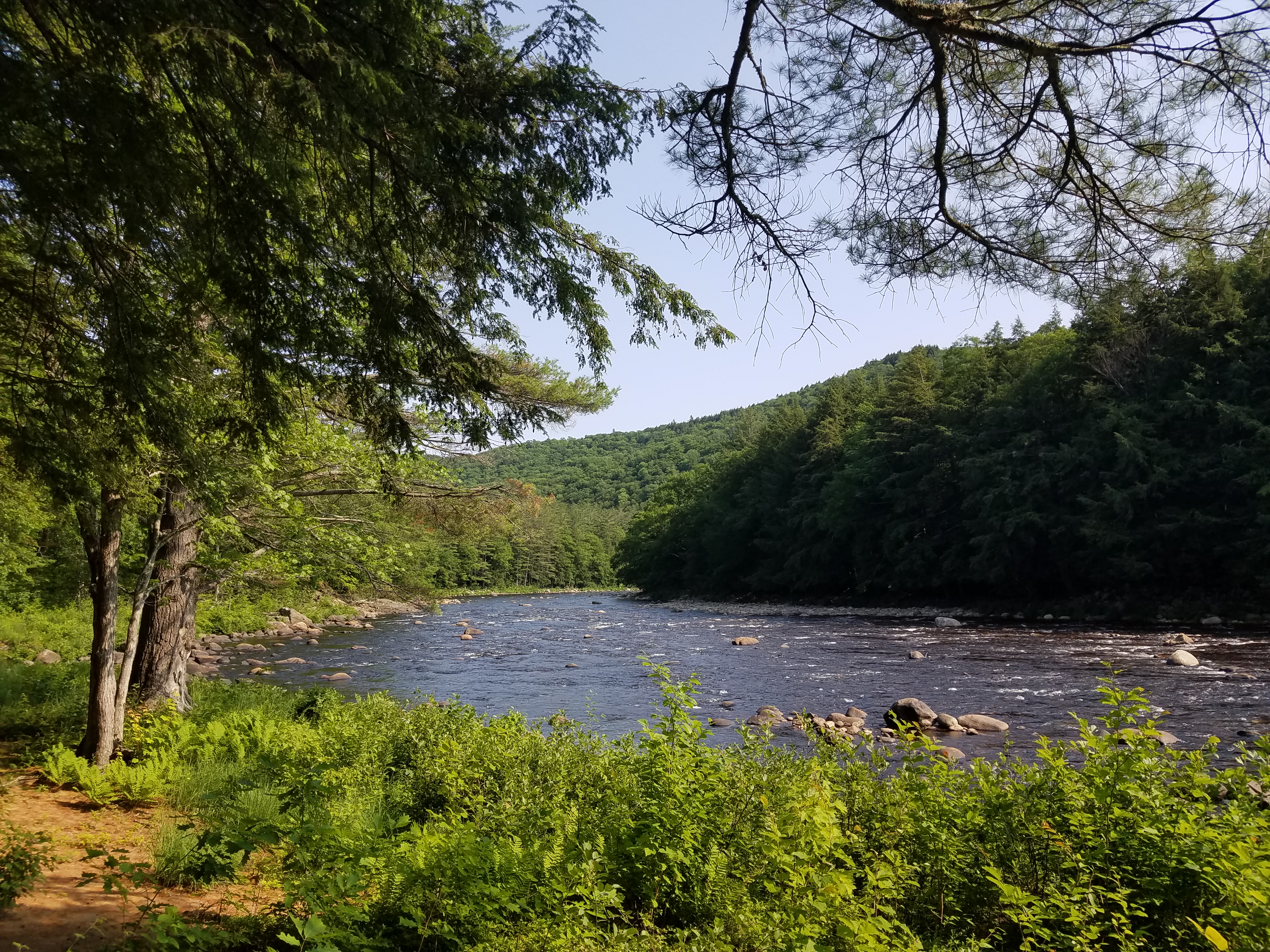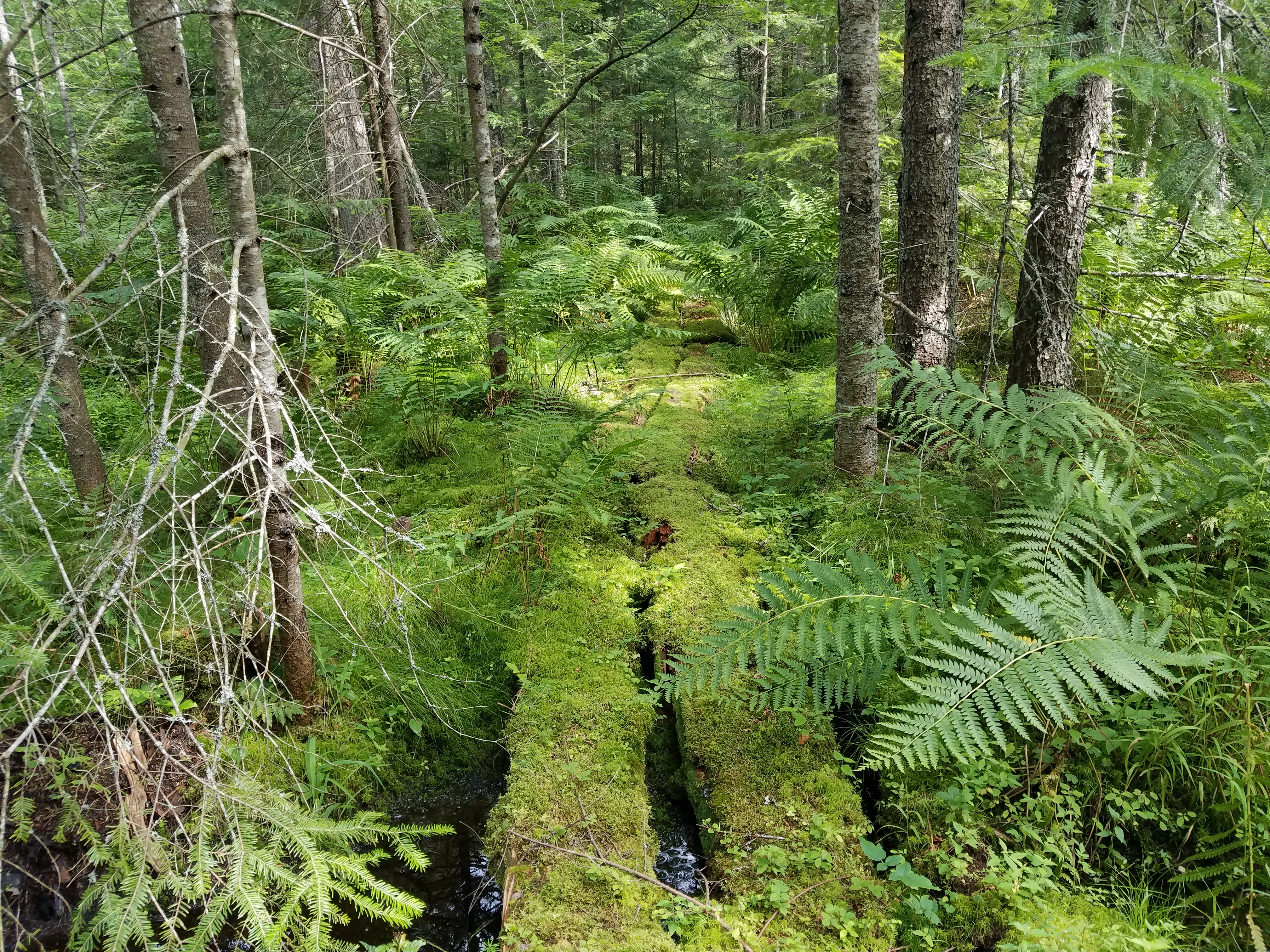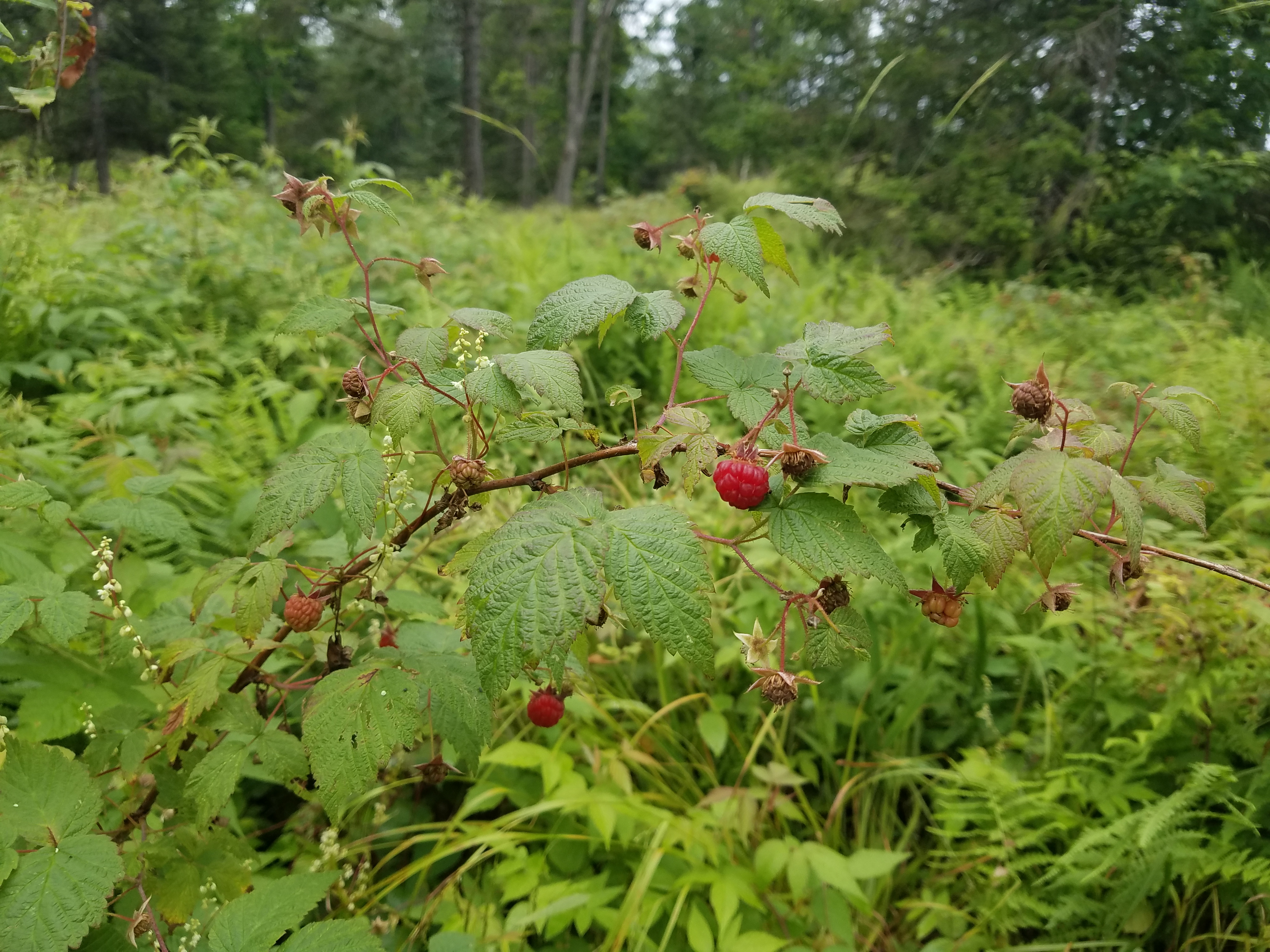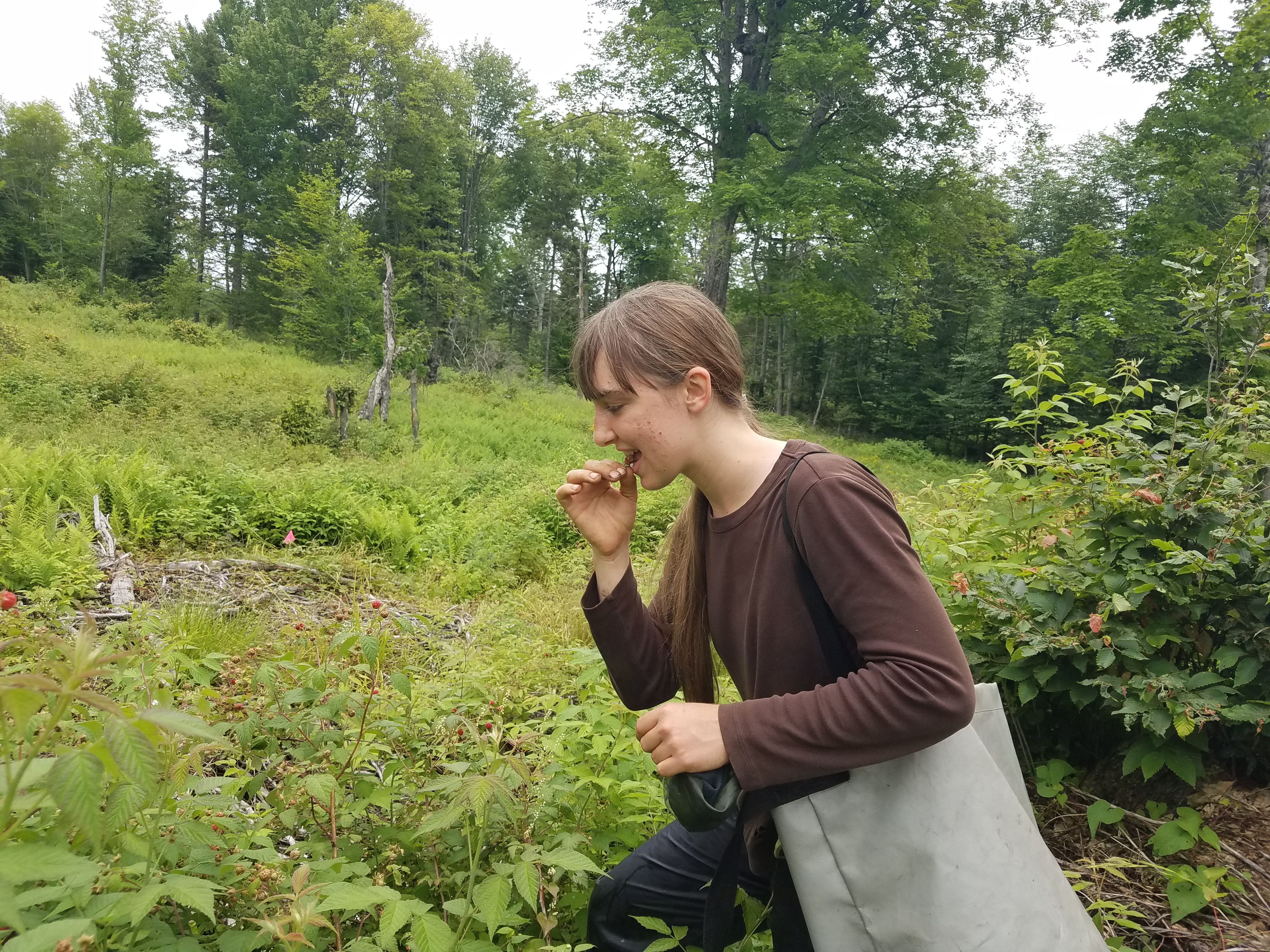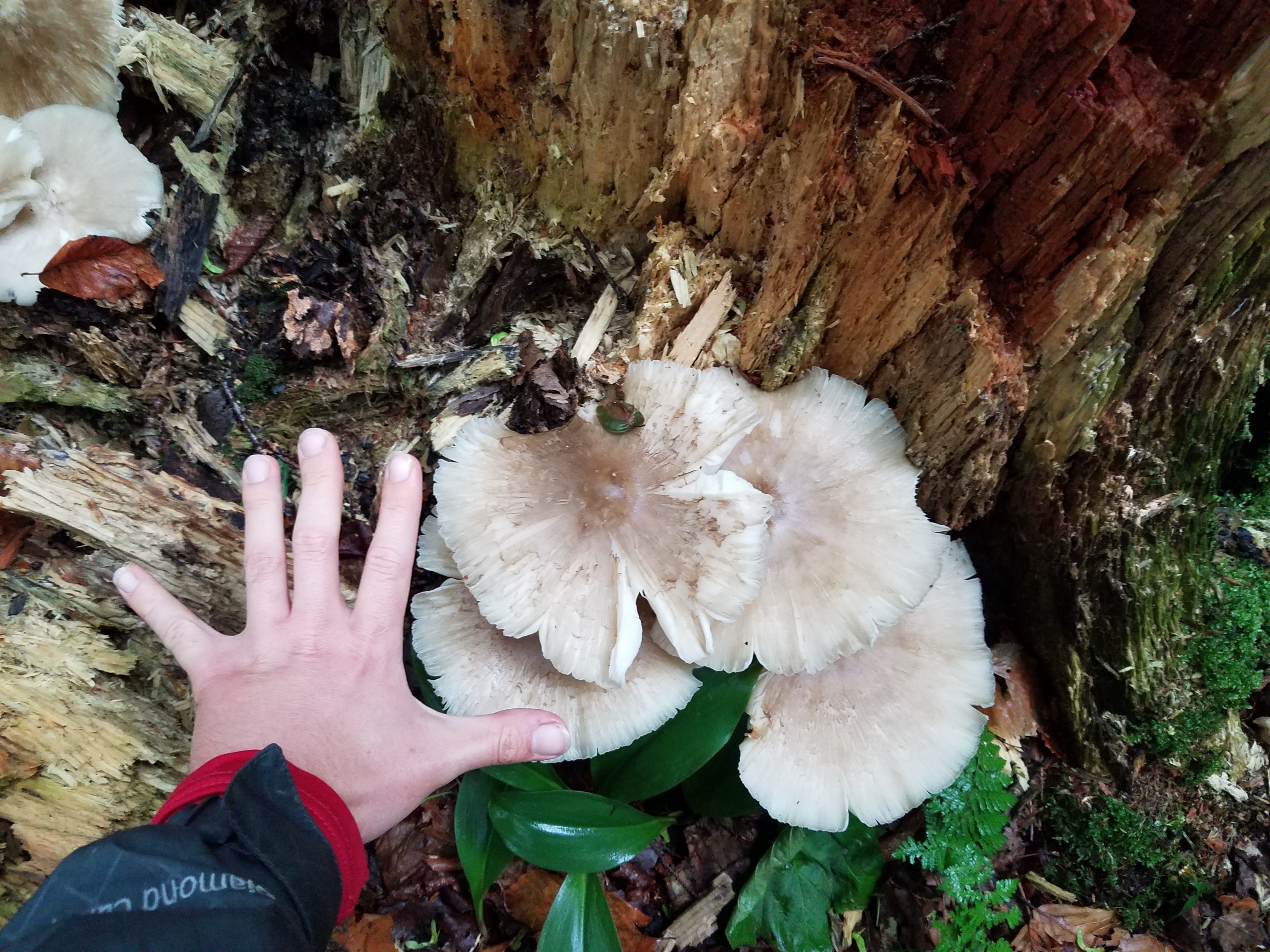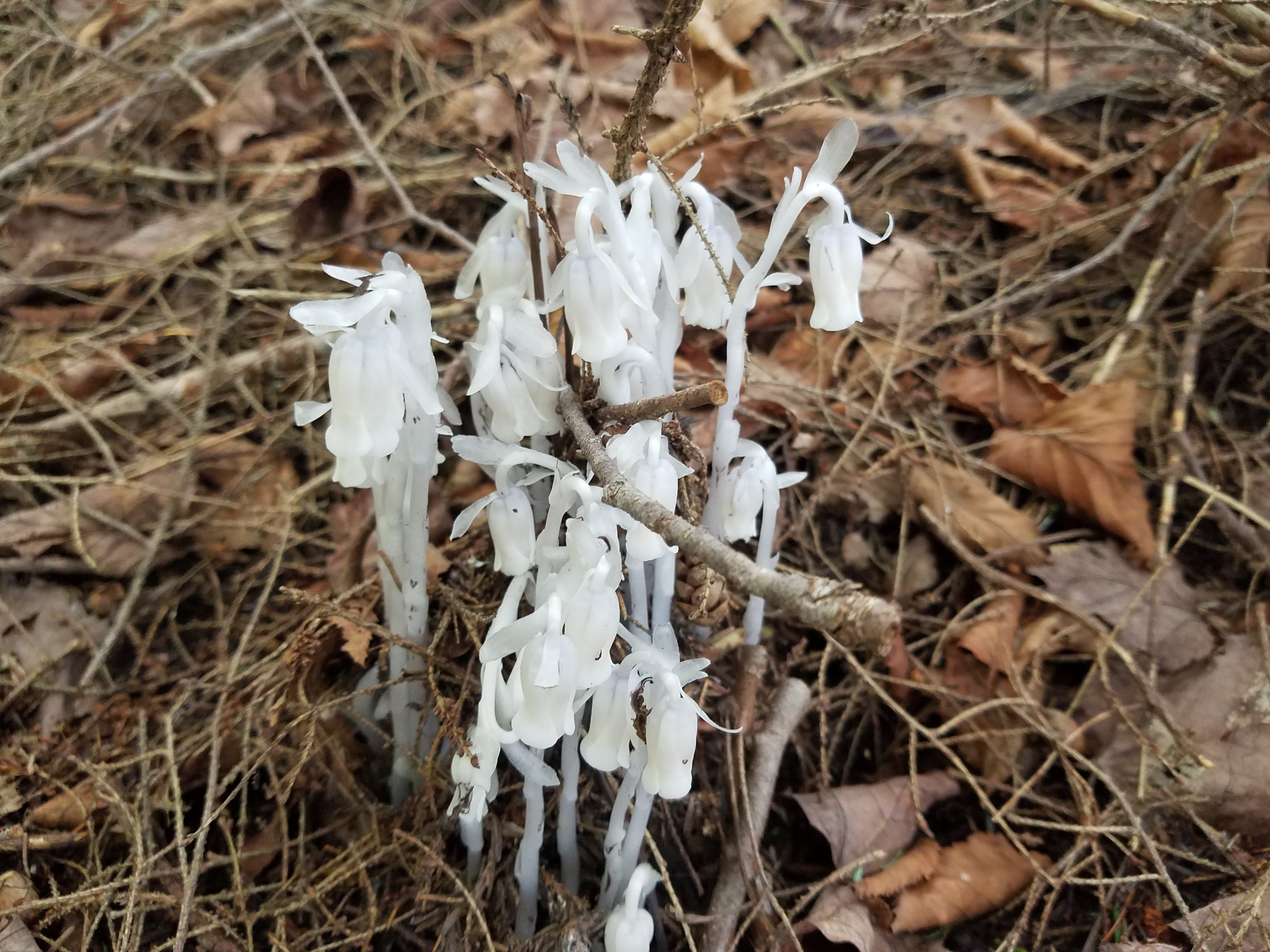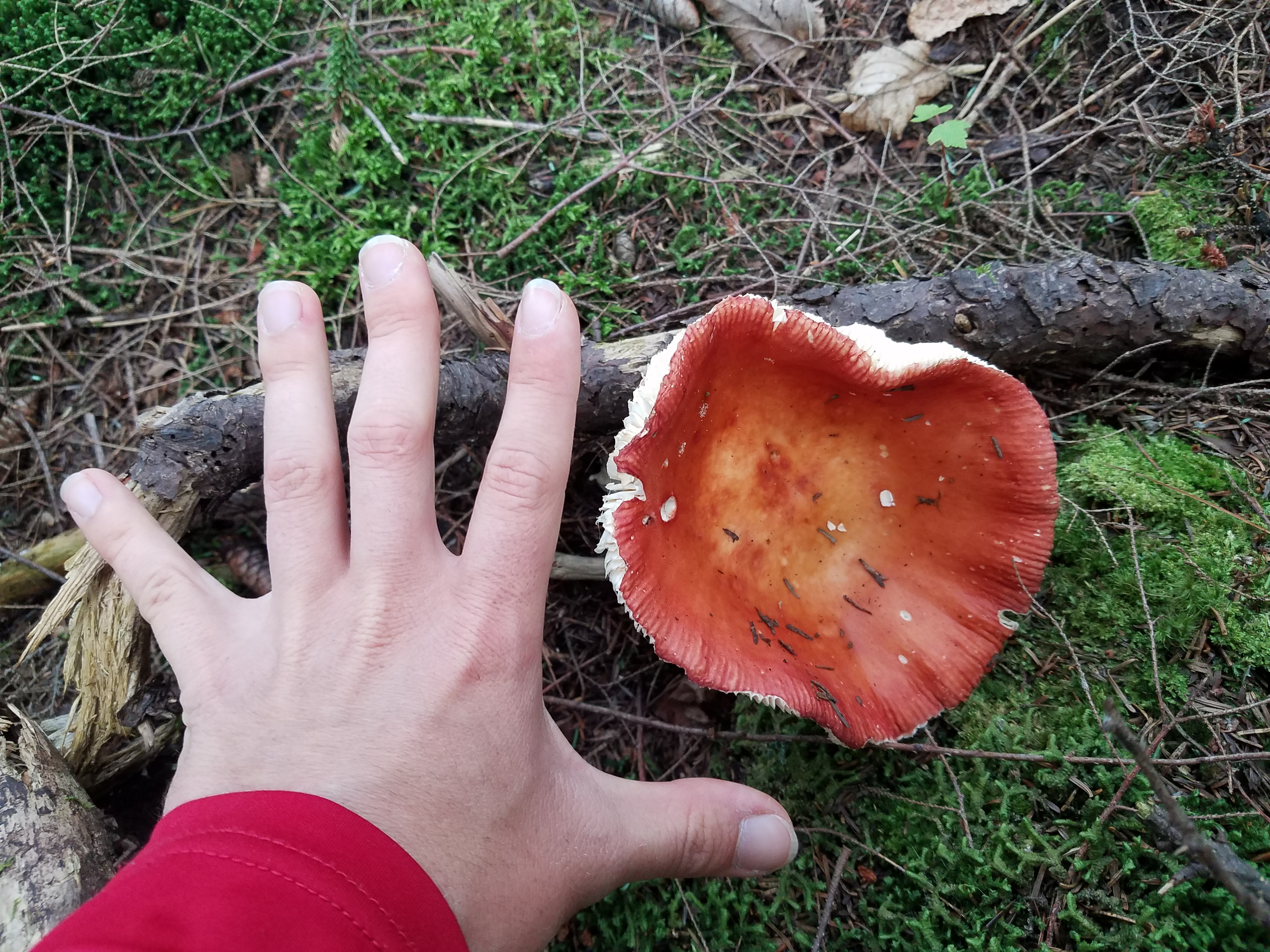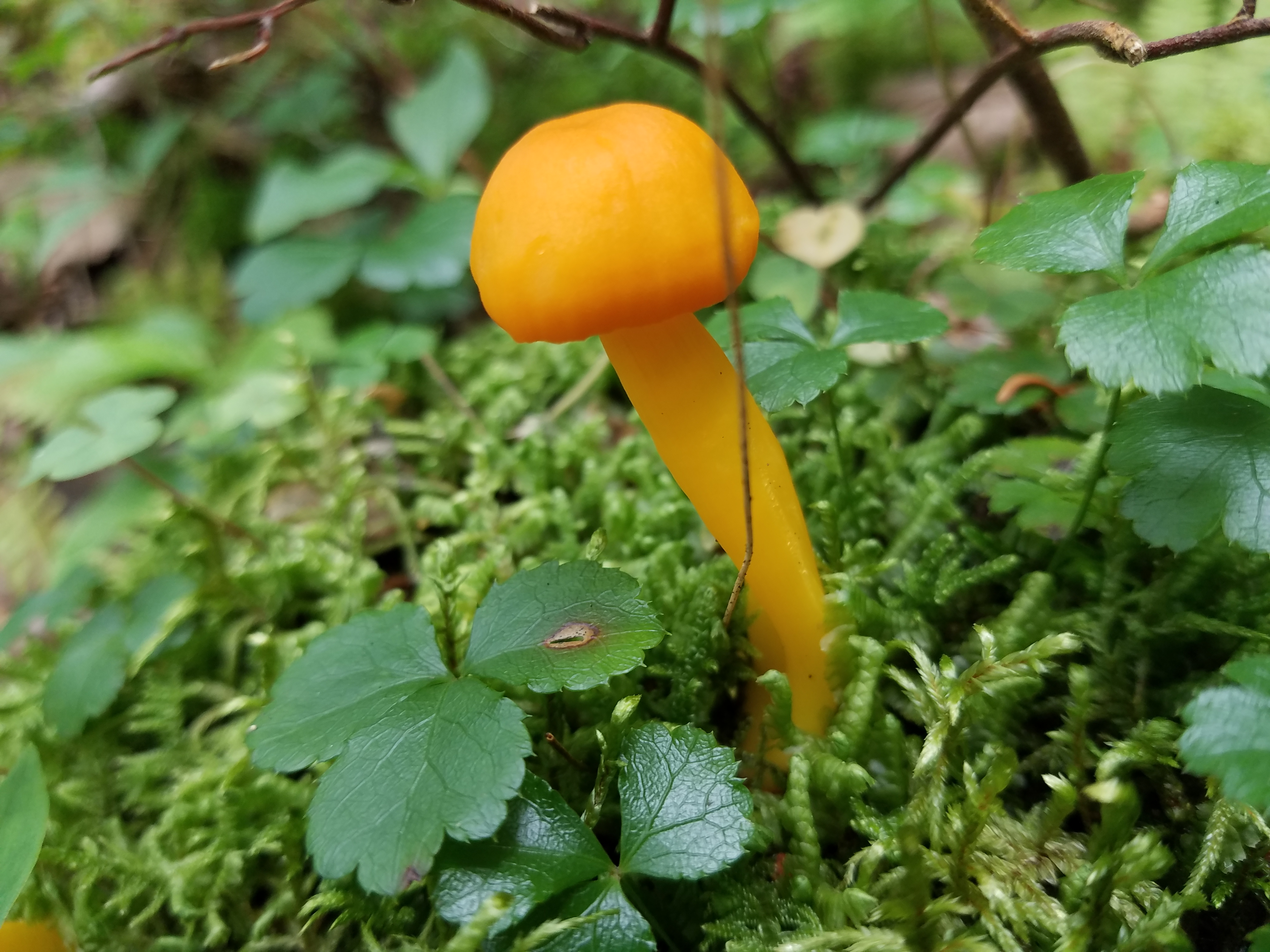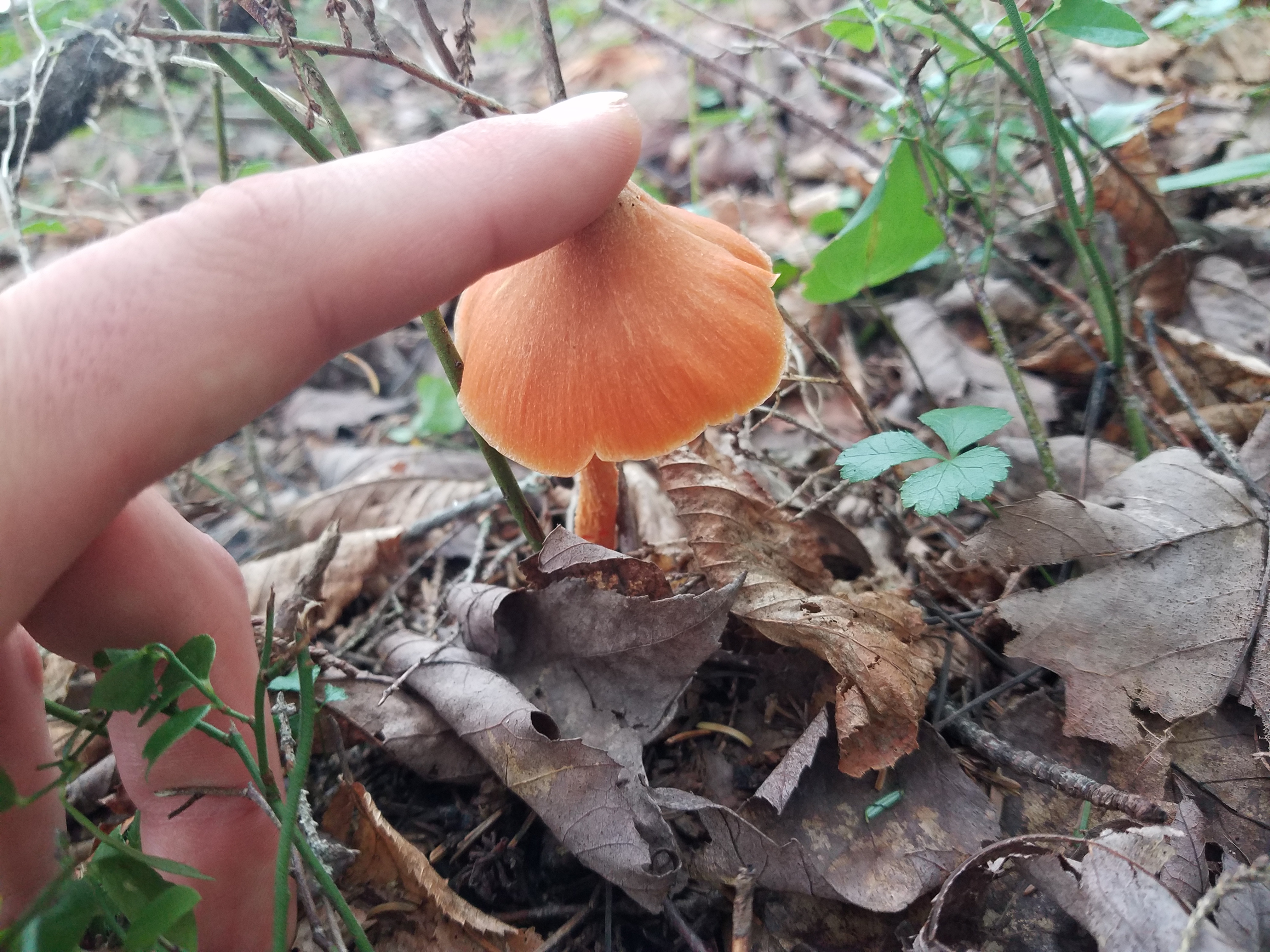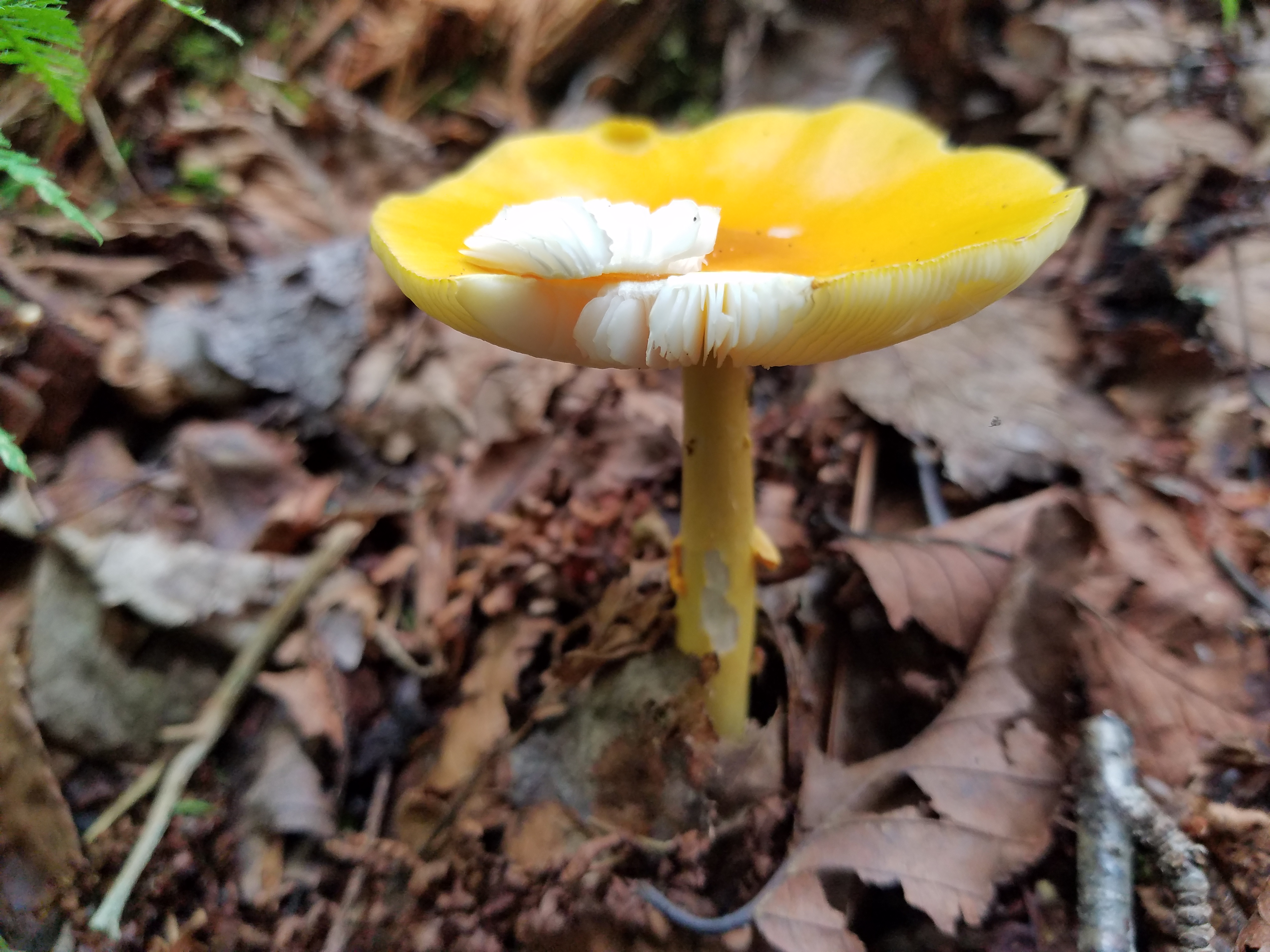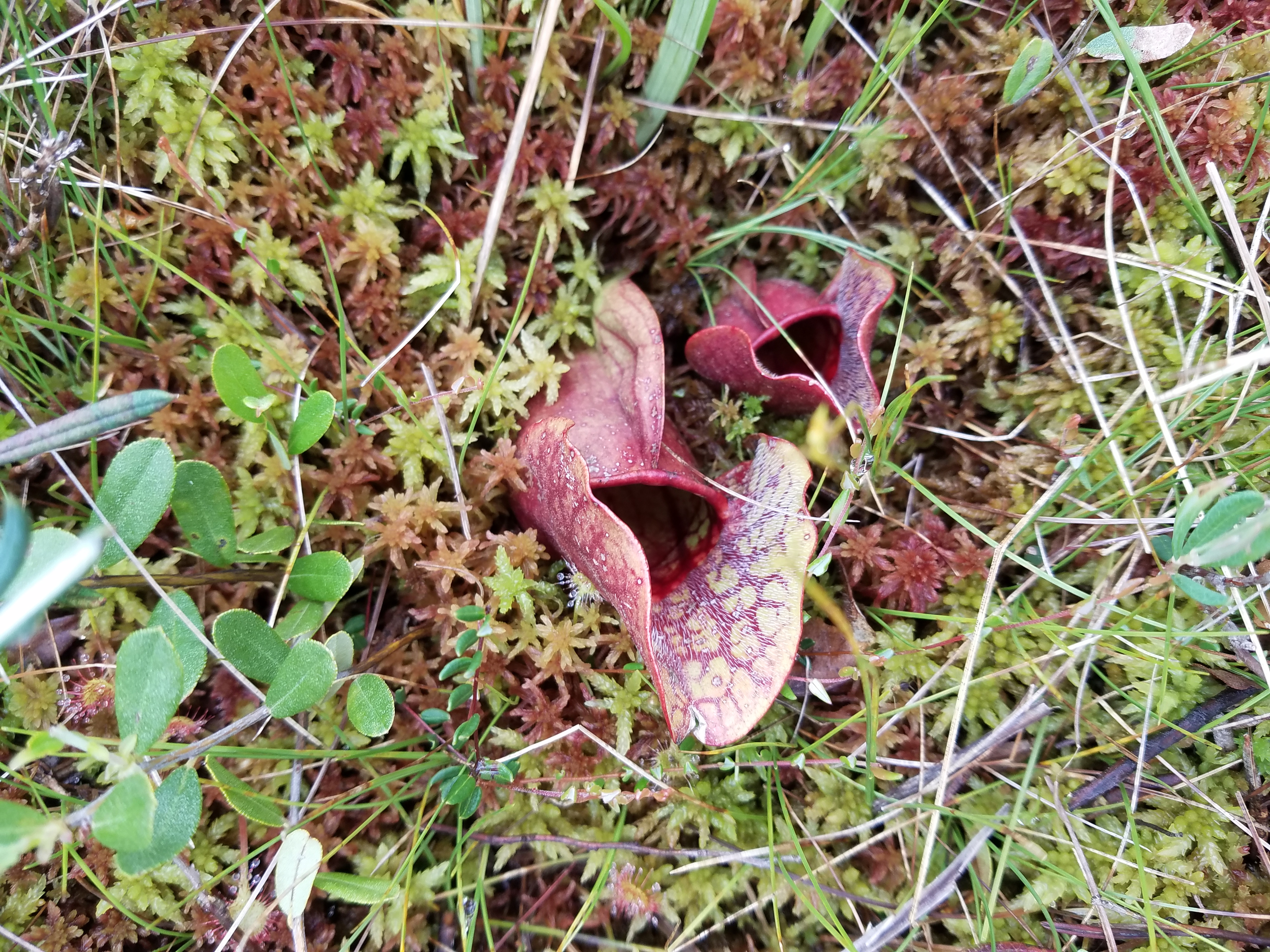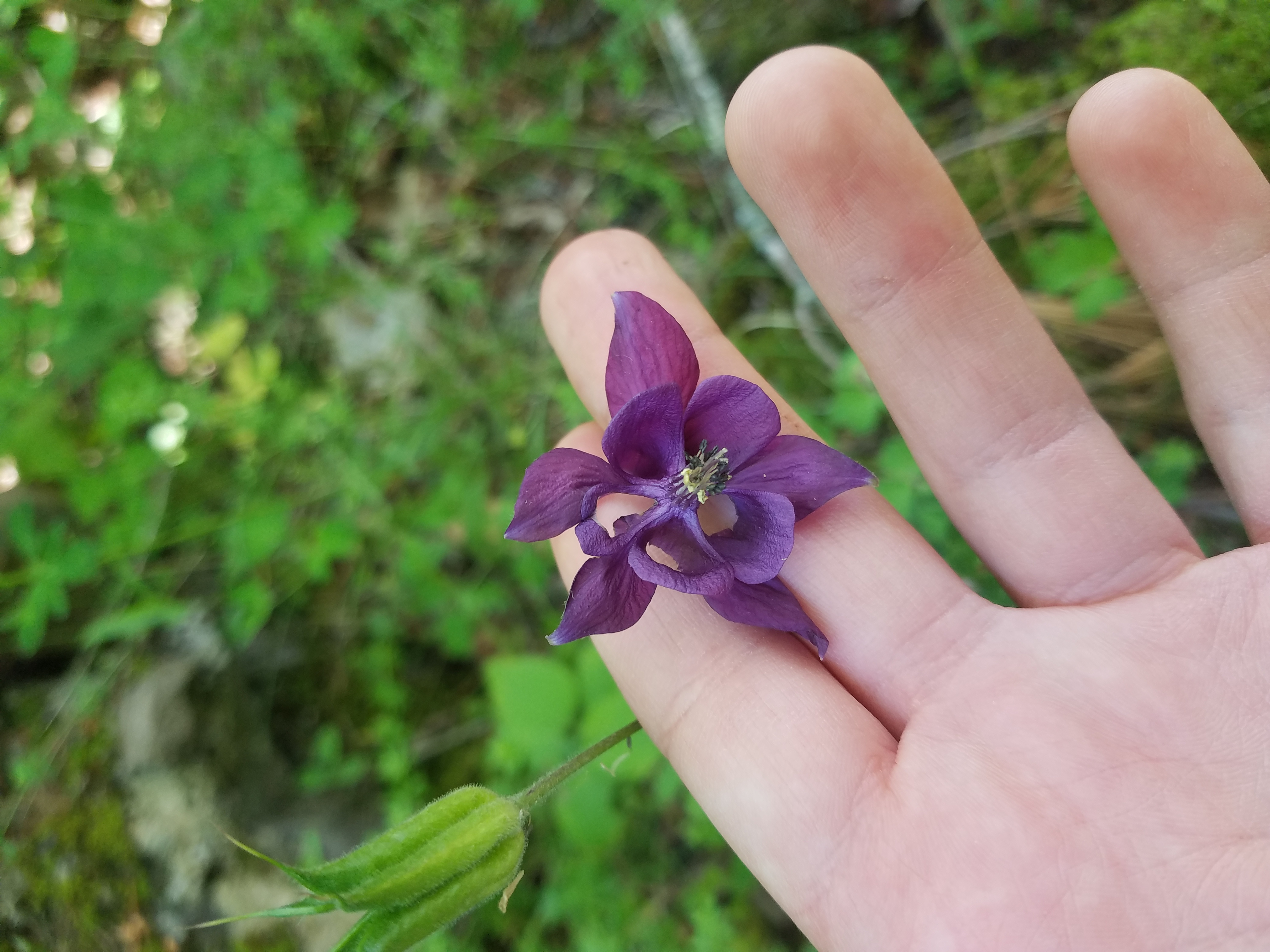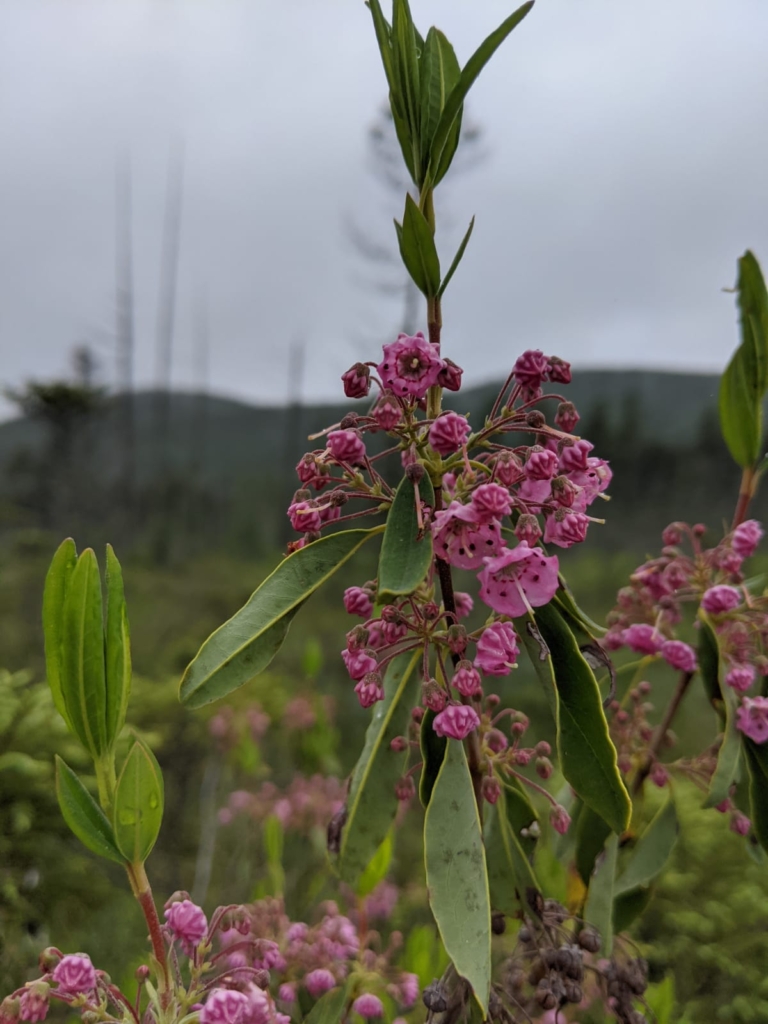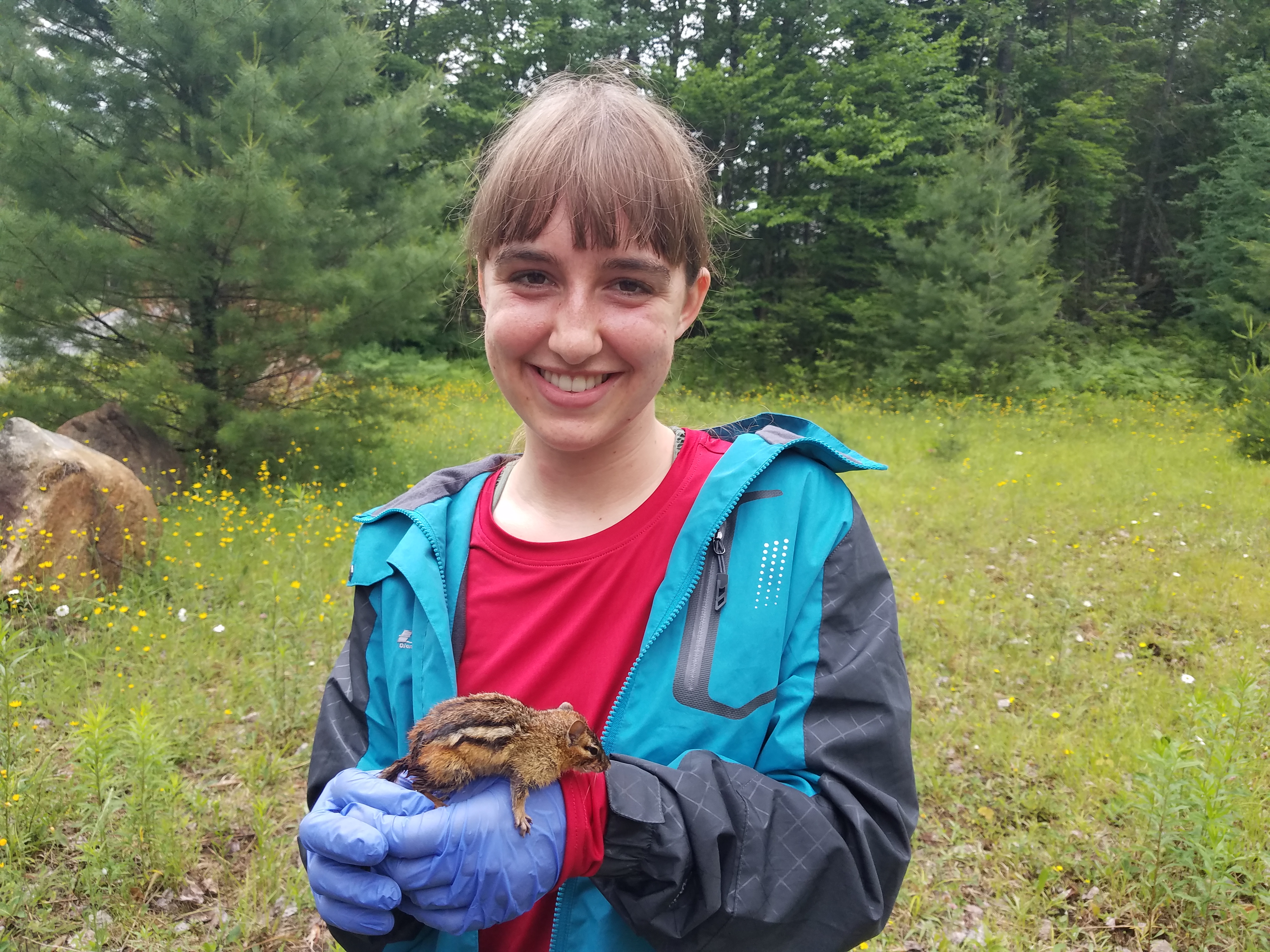
Up until mid-2021, much of my work and experience had been both volunteer- and research-based. I had mostly worked either independently or as an assistant (an exception being my time as president of a student chapter of The Wildlife Society). During the summer of 2021, though, I tried something new and took on a heavier leadership role than anything I had done previously. Specifically, I worked as a Senior Research Aide under the SUNY Research Foundation on a project sponsored by the New York State Department of Environmental Conservation. Throughout that internship, I was a supervisor to many different volunteers and interns and experienced an entirely different side of the coin.
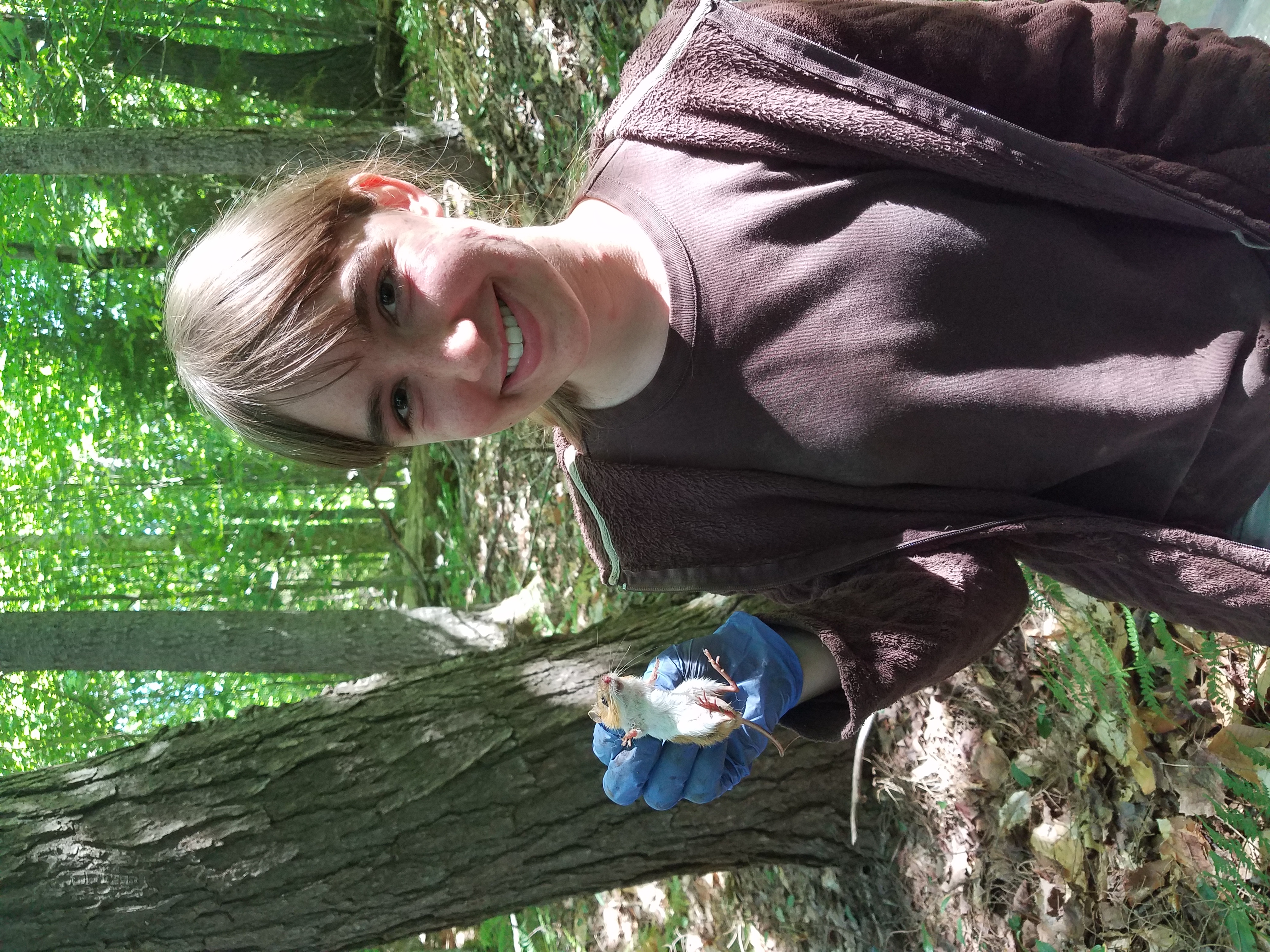
Woodland Jumping Mouse 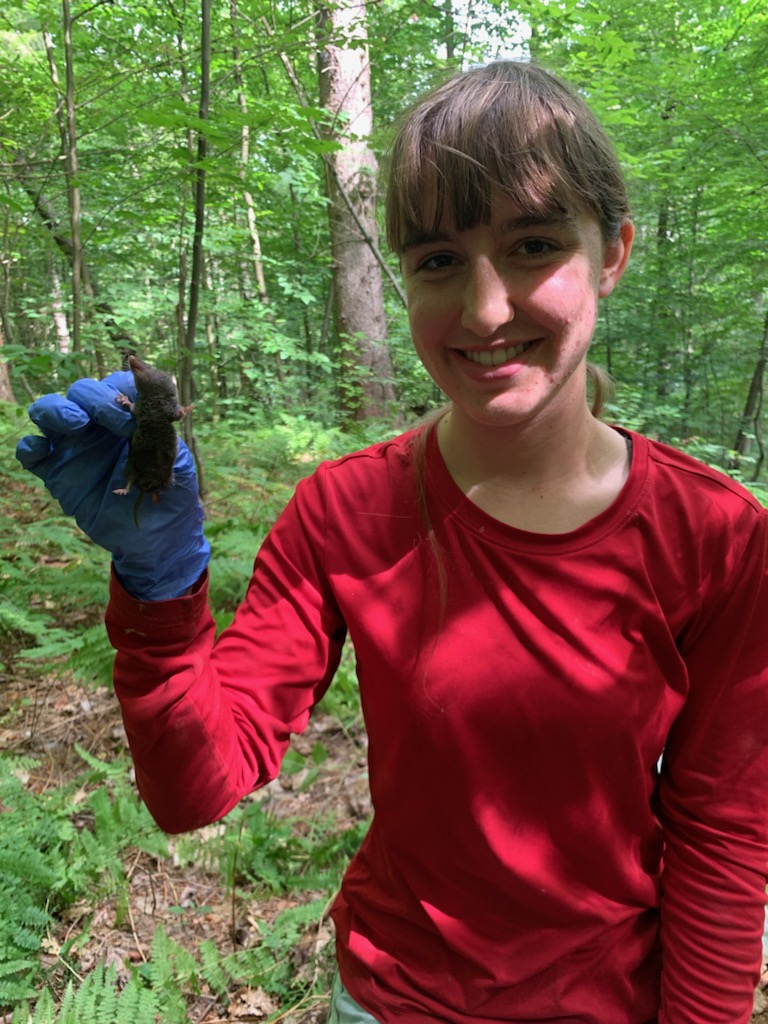
Short-Tailed Shrew
As Senior Research Aide, I helped with the NYS Mammal Survey. The goals of the survey are to determine distributions of the various mammal species found across New York, provide data to update lists of threatened species, and assess within which habitat and vegetation types the species are commonly found. My primary role consisted of trapping, marking, and releasing small mammals, although I also set camera and hair snare traps for larger species. Throughout that summer, I worked at a total of nine different sites; most of these were in the Adirondack Mountains, but some were within a half hour to an hour drive of Syracuse.
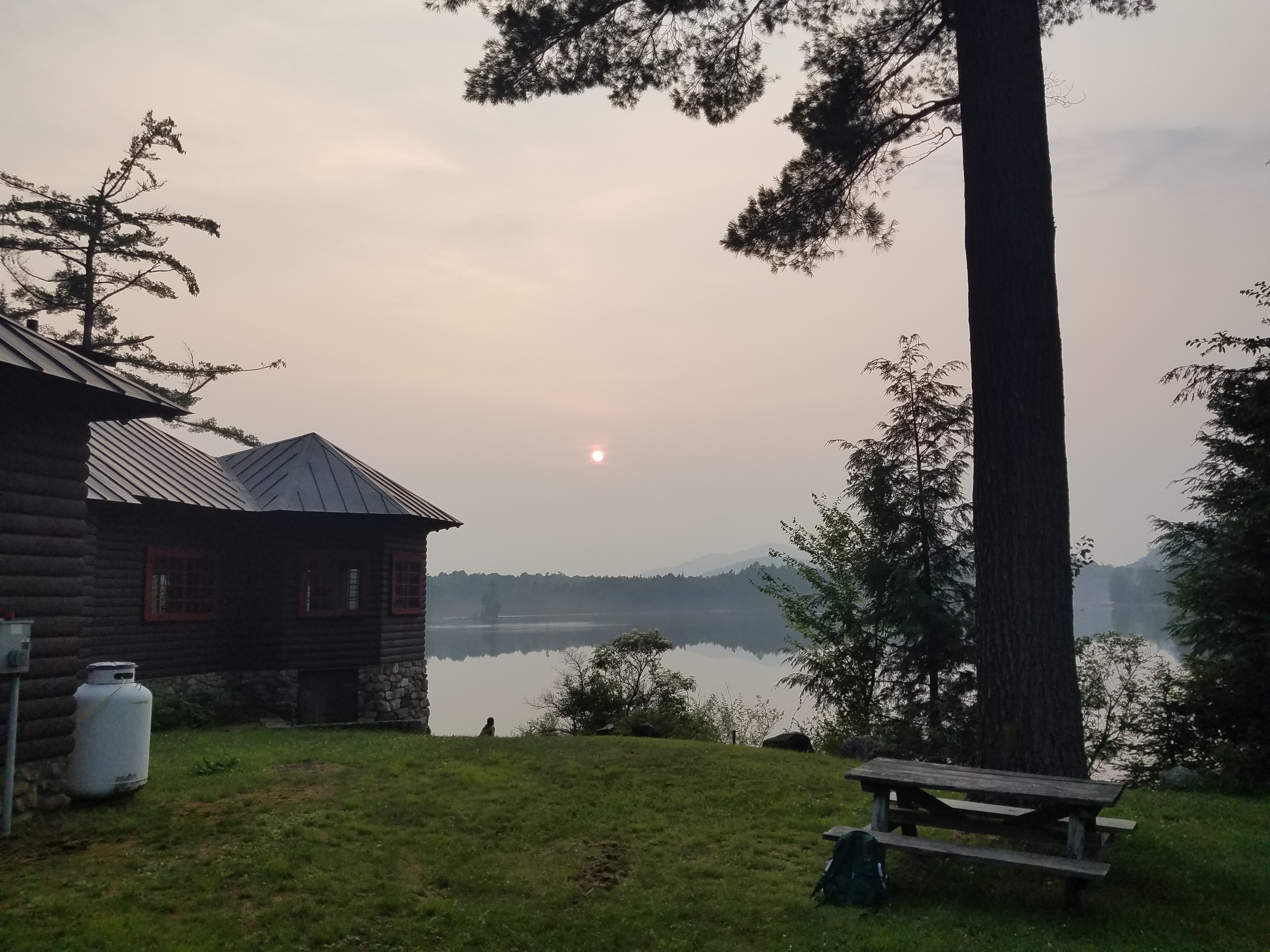
Each of the nine sites consisted of one sampling trip which lasted approximately one week. The first two sites were near Syracuse and served as training areas where my supervisor taught me how to conduct all fieldwork. The next three trips involved camping at different sites within the Adirondack Mountains, whereas for the two after that I stayed at SUNY ESF’s Newcomb Campus, also in the Adirondacks. The final two were near Syracuse. Each sampling trip consisted of setting a total of 60 Sherman and 30 pitfall traps, as well as four camera traps. The Sherman and pitfall traps were baited with peanut butter-coated oats and bird seed and were set in three transects, each roughly 200 meters in length and spaced 50 meters apart. The transects were placed away from the road and in such a way as to capture as many different vegetation types as possible (i.e. forest, field, marsh, etc.). Two camera traps were placed near these transects, typically on opposite sides of the trapping grid. Each camera faced a device made of PVC pipes, which was filled with a bird seed mix containing peanut butter nuggets. Gun brushes were attached to the outside of these to pick up hair samples of any squirrels attempting to reach the bait. The other two camera traps were set farther away from the trapping grid and intended to pick up mustelids (ex. weasels). Raw chicken was used as bait for these, and a strip of duct tape was used to pick up hair samples. All trap locations were GPS marked using Android tablets. Later in the week, vegetation sampling was also conducted at each Sherman trap to record habitat, visually estimate percent coverage of different vegetation types (ex. herbaceous, woody debris, stone, etc.), and take photos of the area.
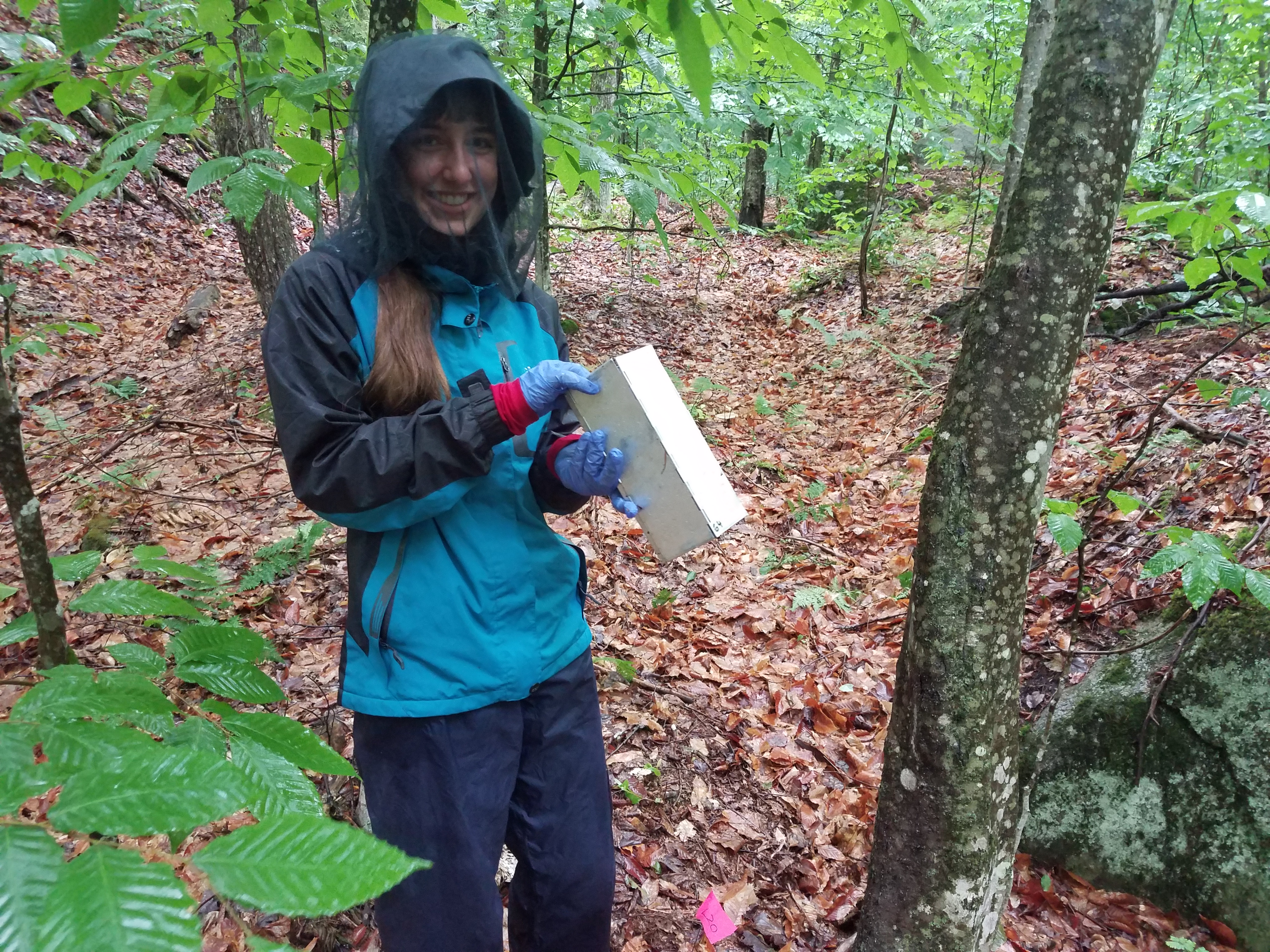
Sherman Trap 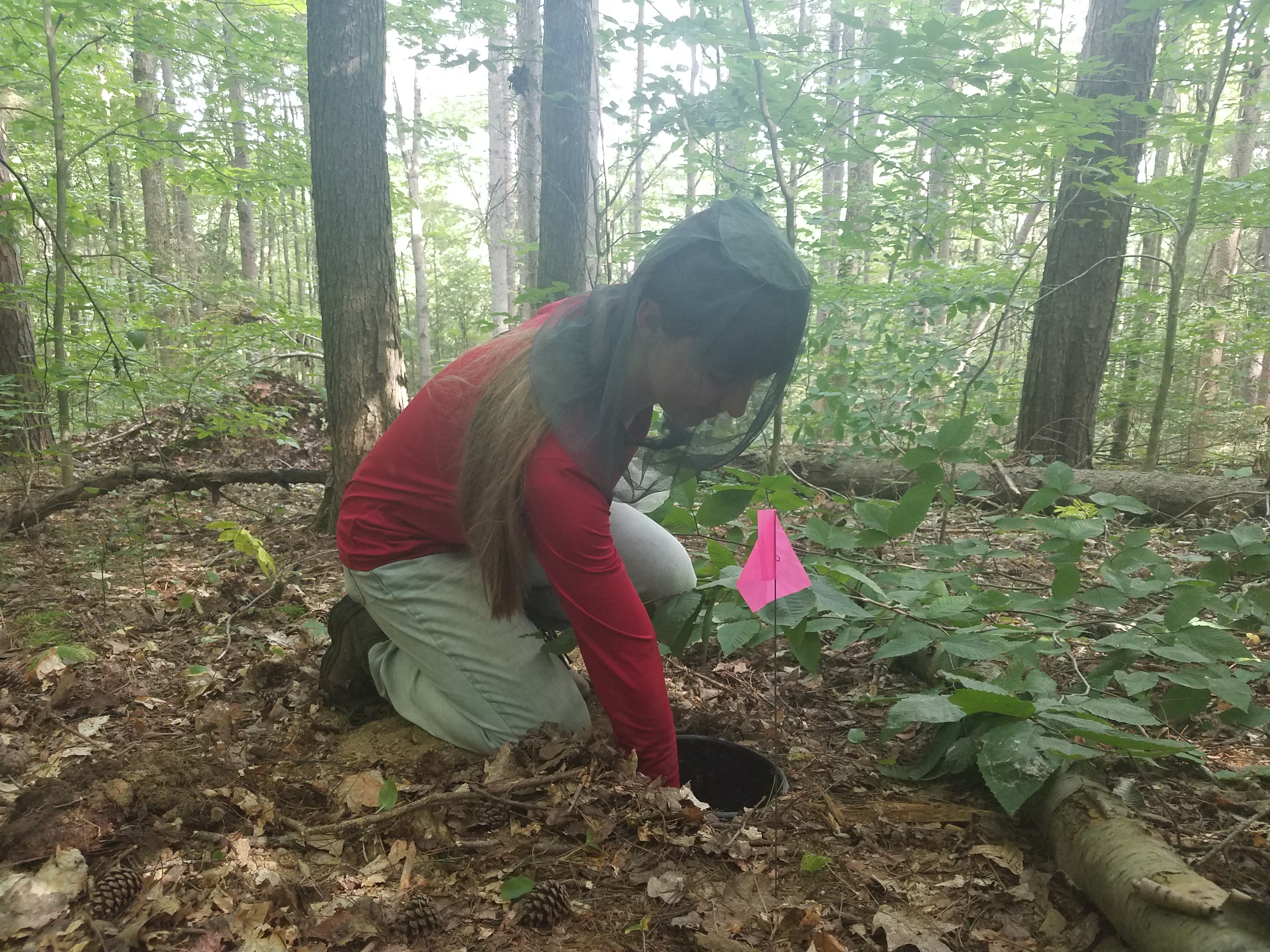
Pitfall Trap
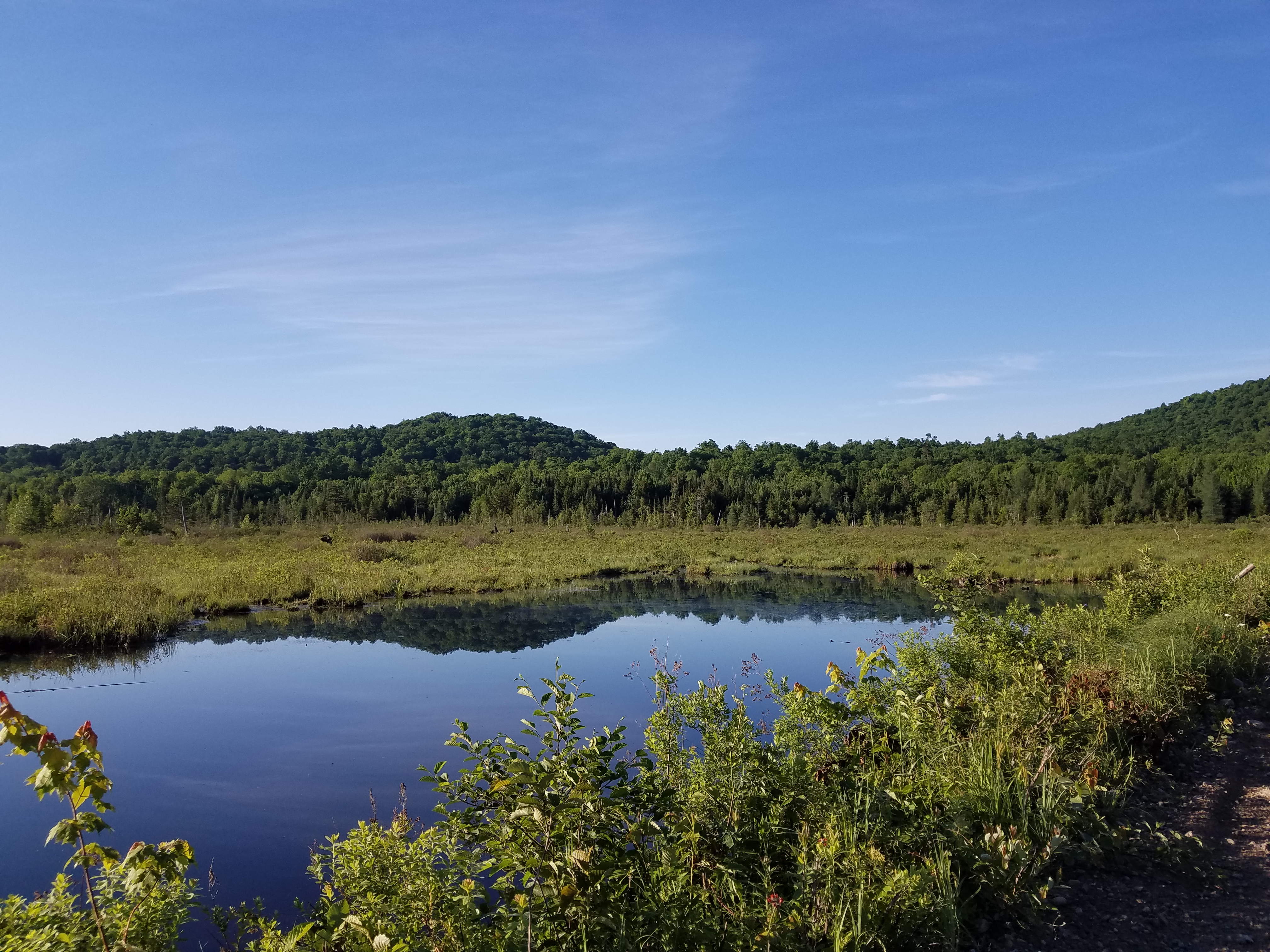
Trapping Site 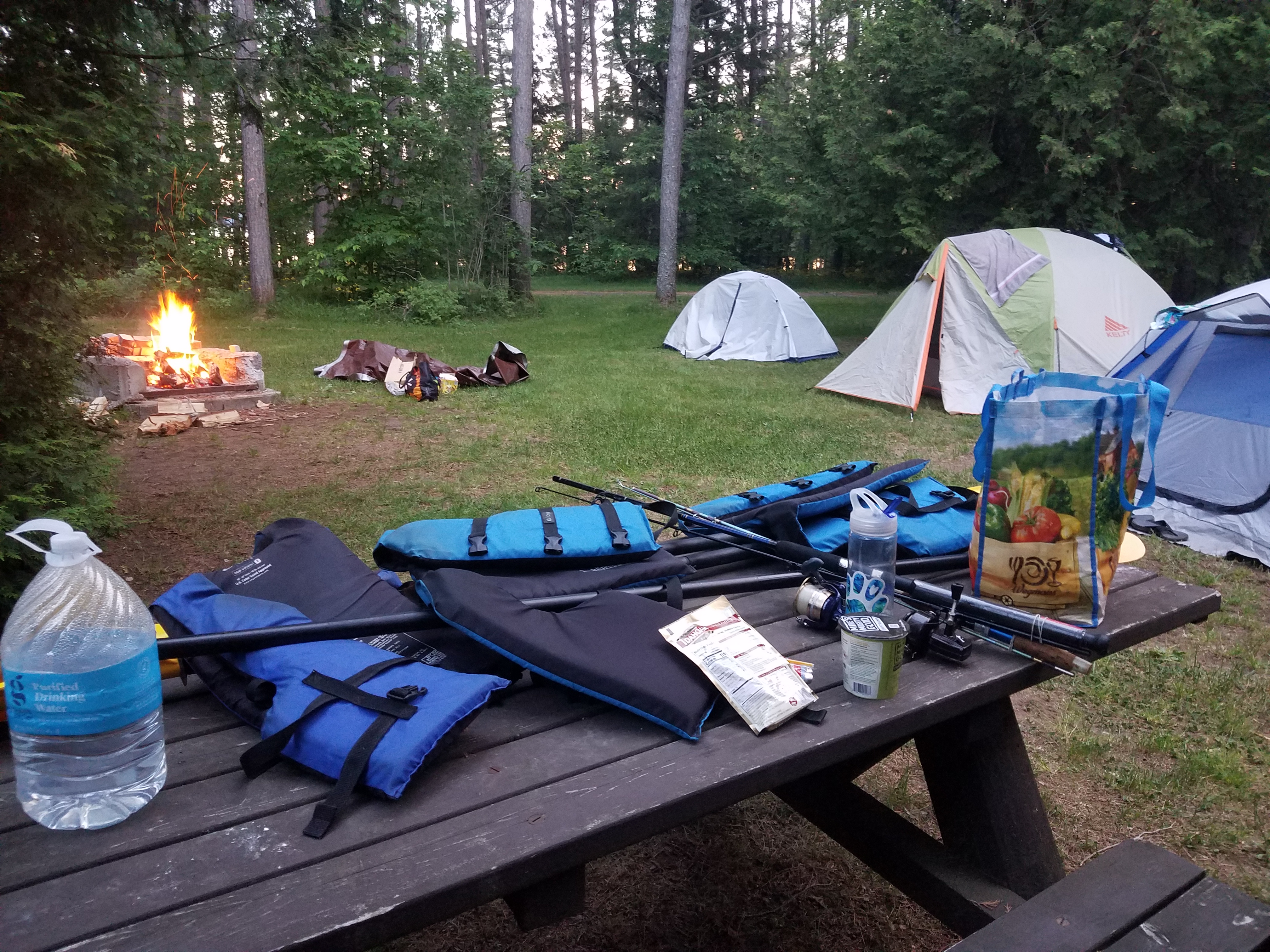
Camping Site
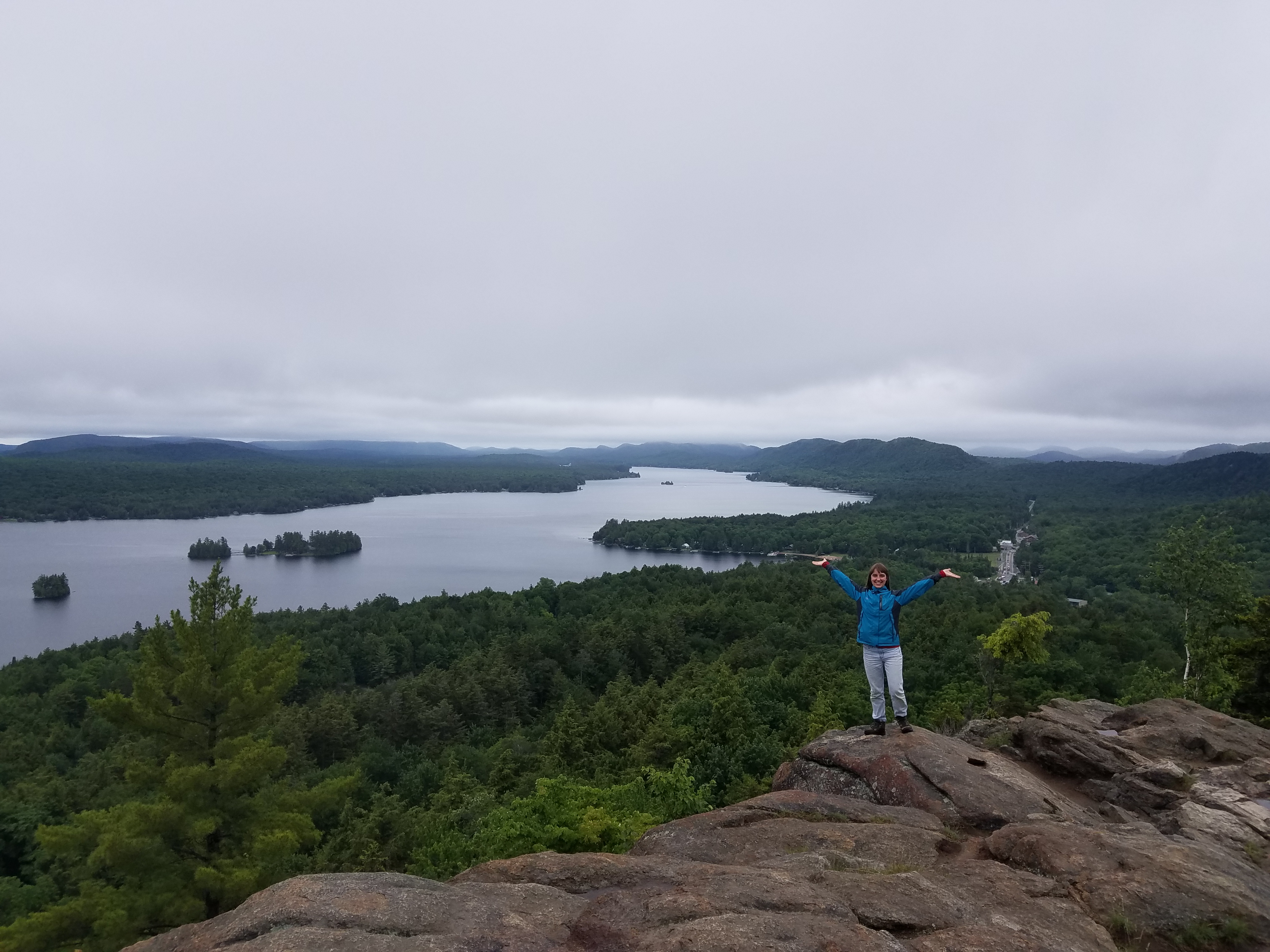
Setting up all the traps on days one and two was always the most challenging and physically exhausting part (digging pitfall traps is hard!). However, thereafter came the interesting part – checking traps! All caught rodents (i.e., mice and voles) and shrews were processed in the morning according to normal procedures, which included weighing, taking measurements, determining age, sex, reproductive status, and morph, identifying and photographing the animal, and obtaining a small genetic sample using flame-sterilized equipment. Genetic samples were only obtained for the first five individuals caught for each species and were placed into a small, labeled vial filled with an ethanol solution. These markings also helped determine whether individuals were recaptures later in the week. All animals were released again, and traps were rebaited if necessary. The aforementioned data were recorded on the Android tablets.
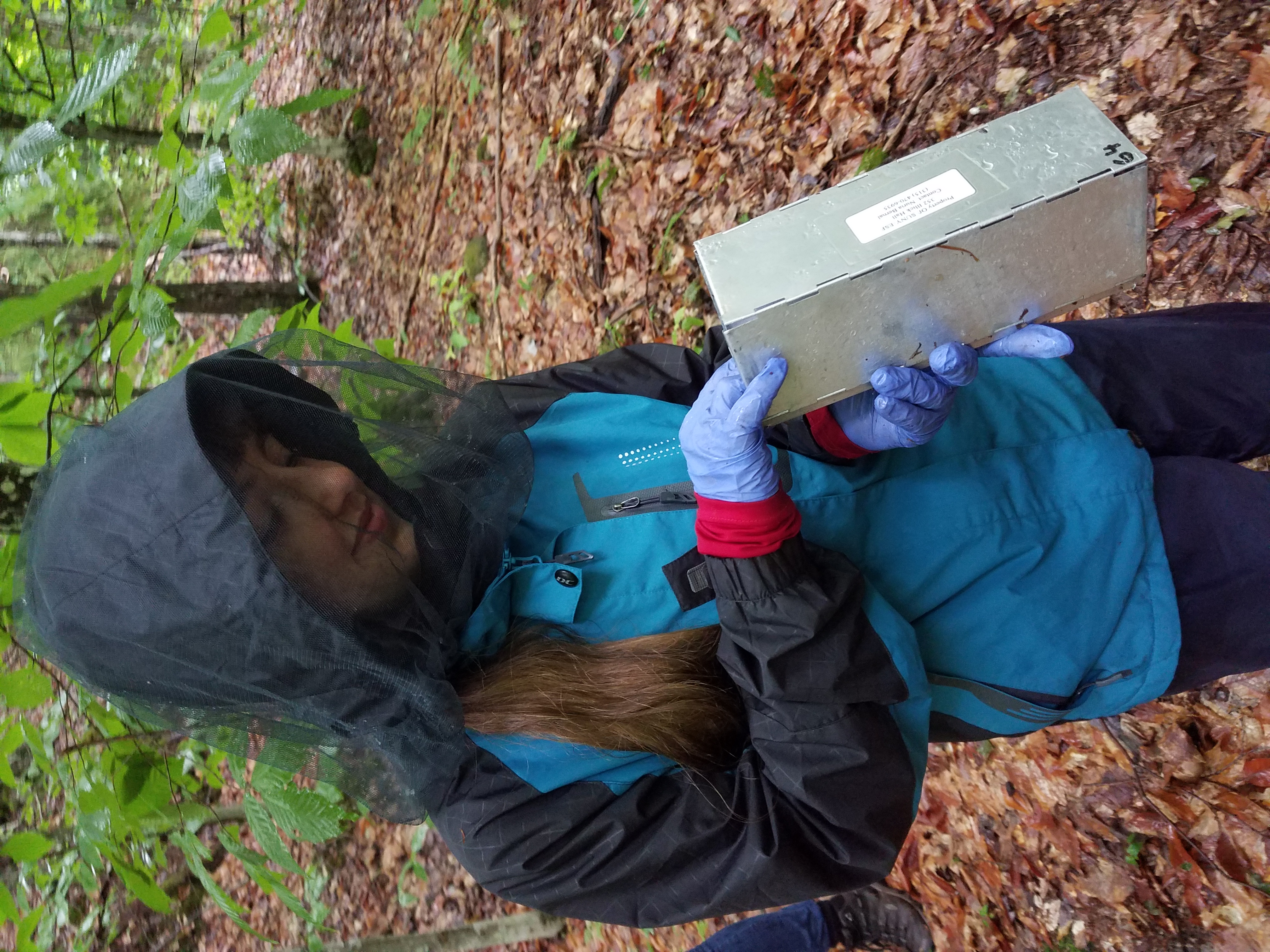
Checking Traps 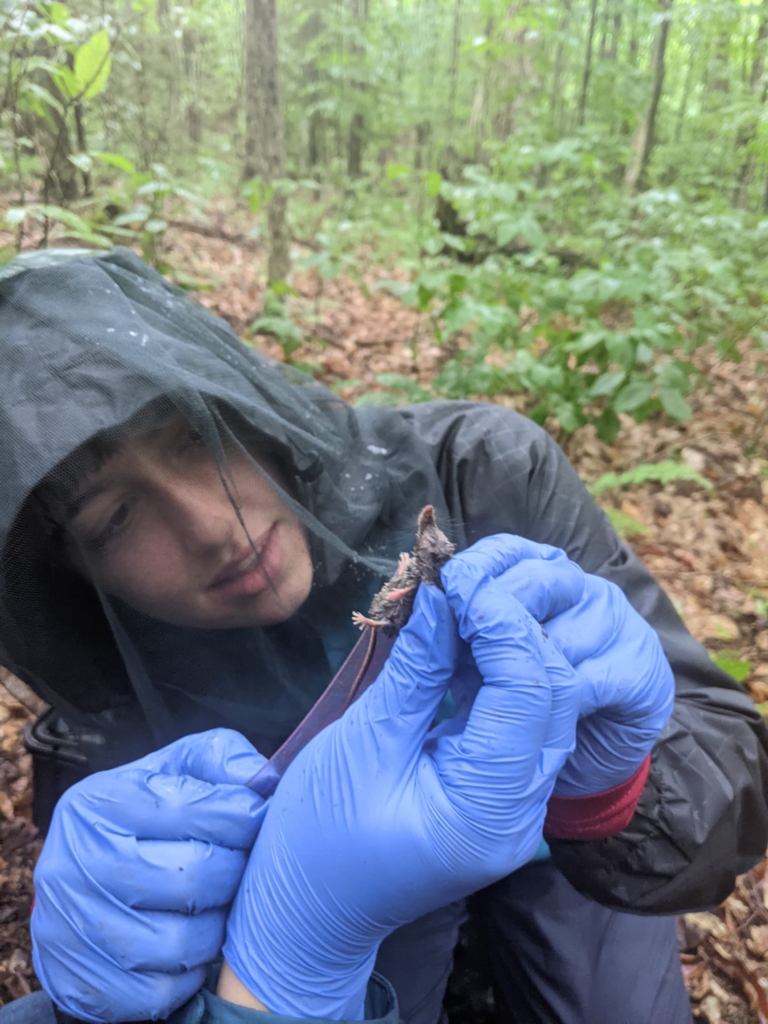
Taking Measurements on a Shrew
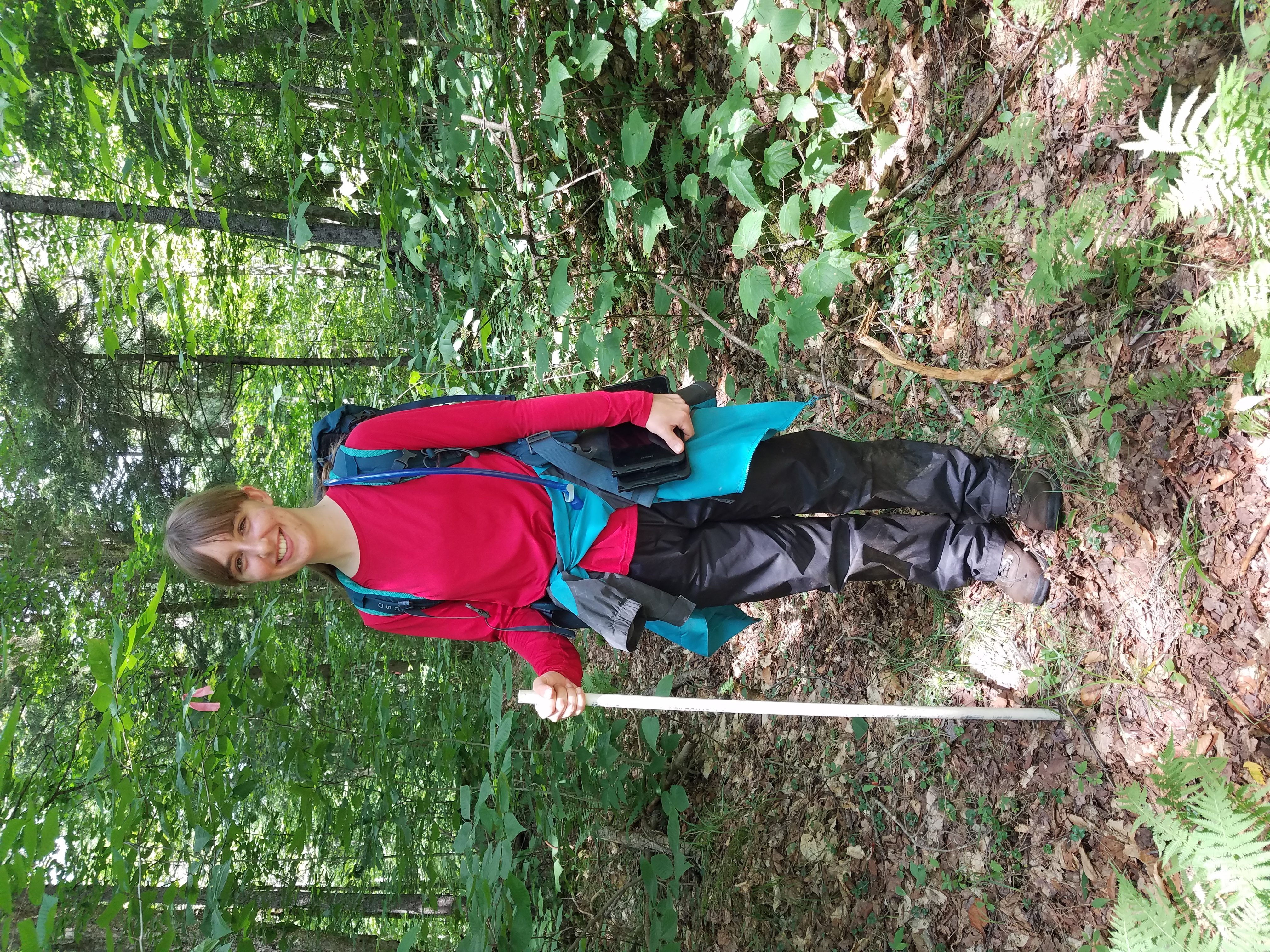
Vegetation Sampling 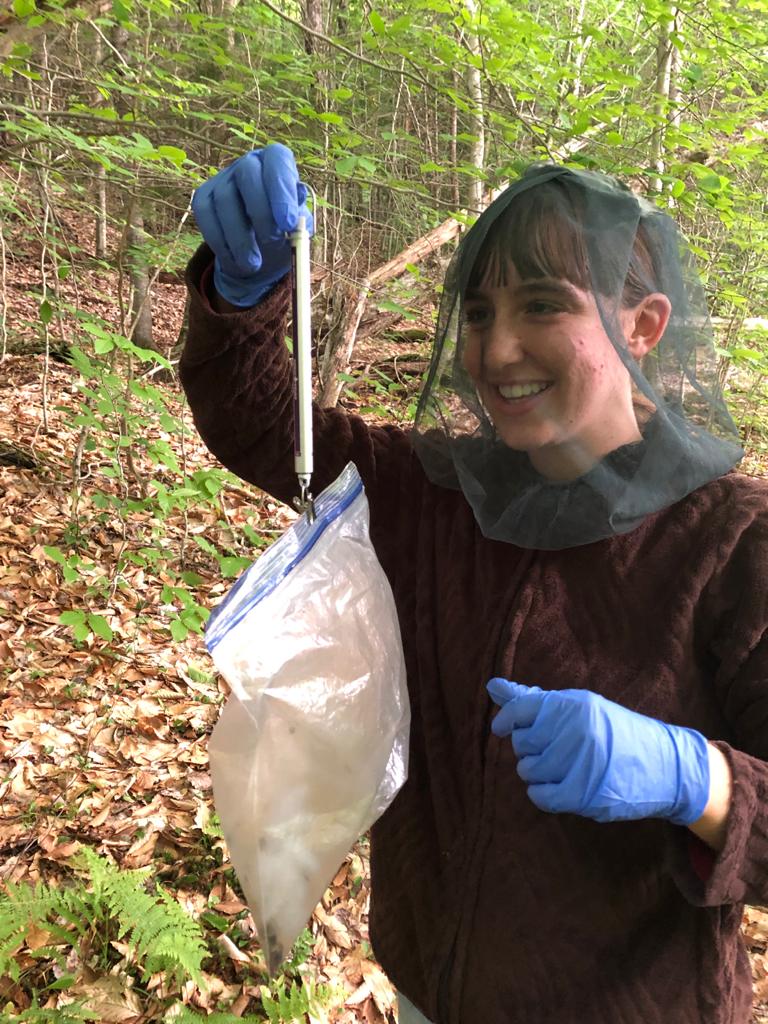
Weighing Using a Pesola Spring Scale
During the sampling trips near Syracuse, we were able to return to campus daily to drop off the genetic samples contained in the ethanol vials and sync the tablets used in the field. Syncing the tablets was helpful not only to make our data available to the rest of the people using the app, but also to gather the data used by other teams working on the mammal survey across the state. If camping, we had to drive to the nearest town regularly to find WiFi to back up our data, and also to get ice to keep the genetic samples cold. Moreover, at the end of the week, we collected the gun brushes, duct tape, and SD cards from our camera setups and labeled them properly; the photos from the cards were all uploaded to the database. These photos were later also processed in a similar manner to captured animals in the field (species, age, sex, etc.).
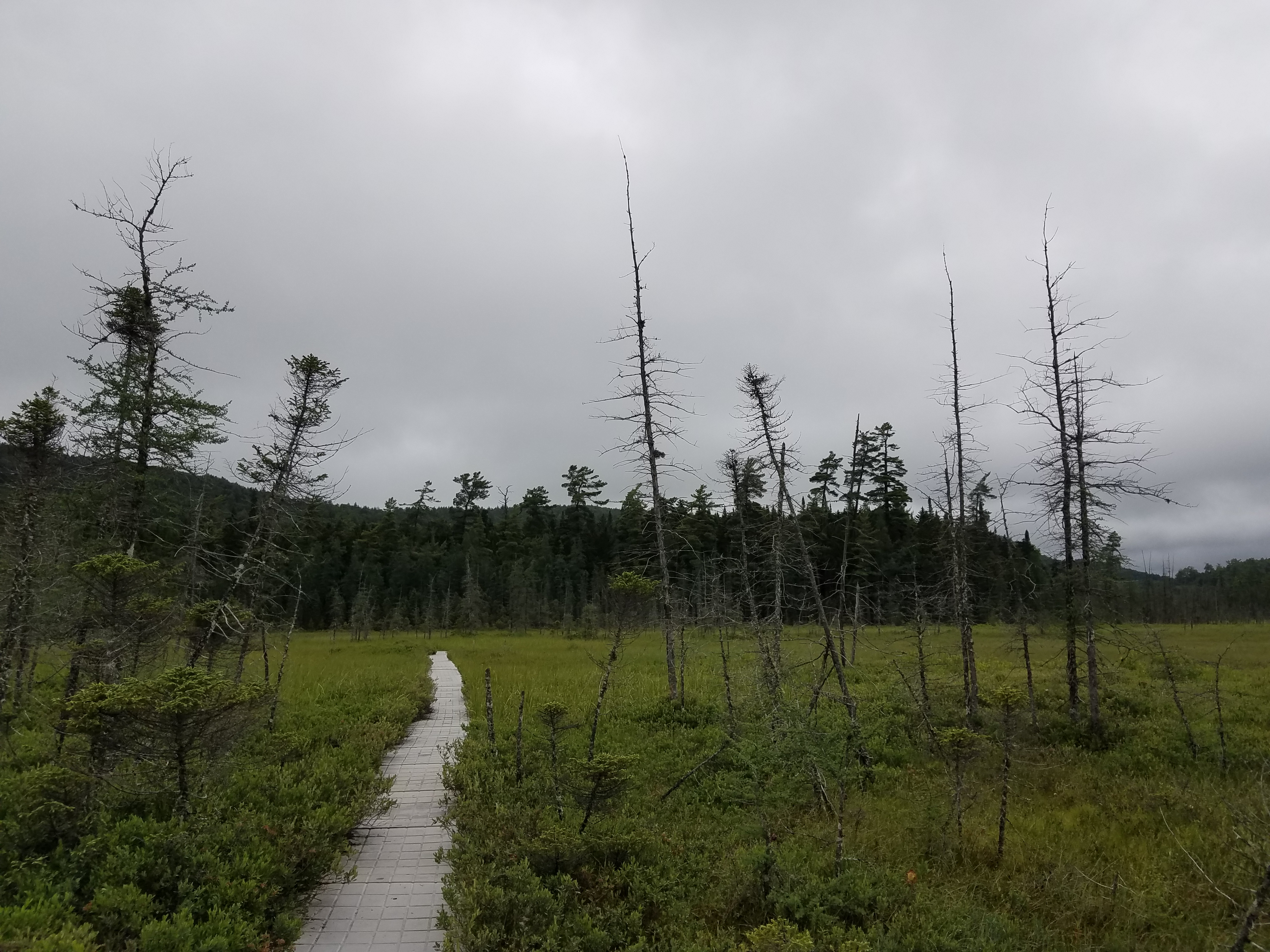
Bog 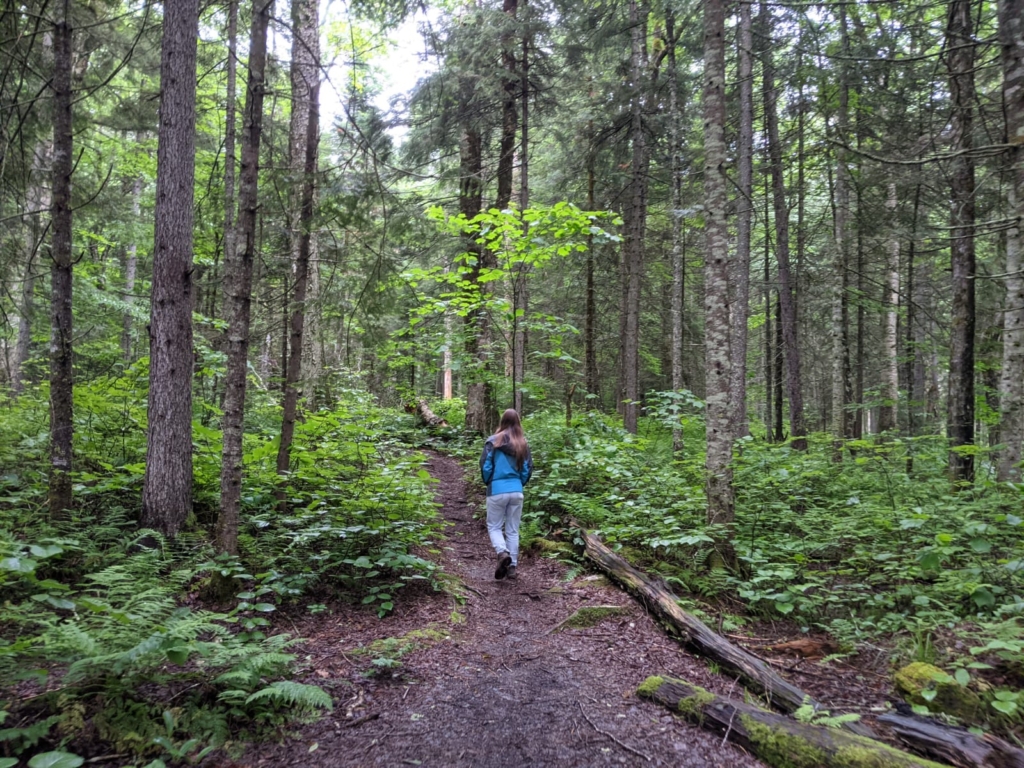
On the way to the bog
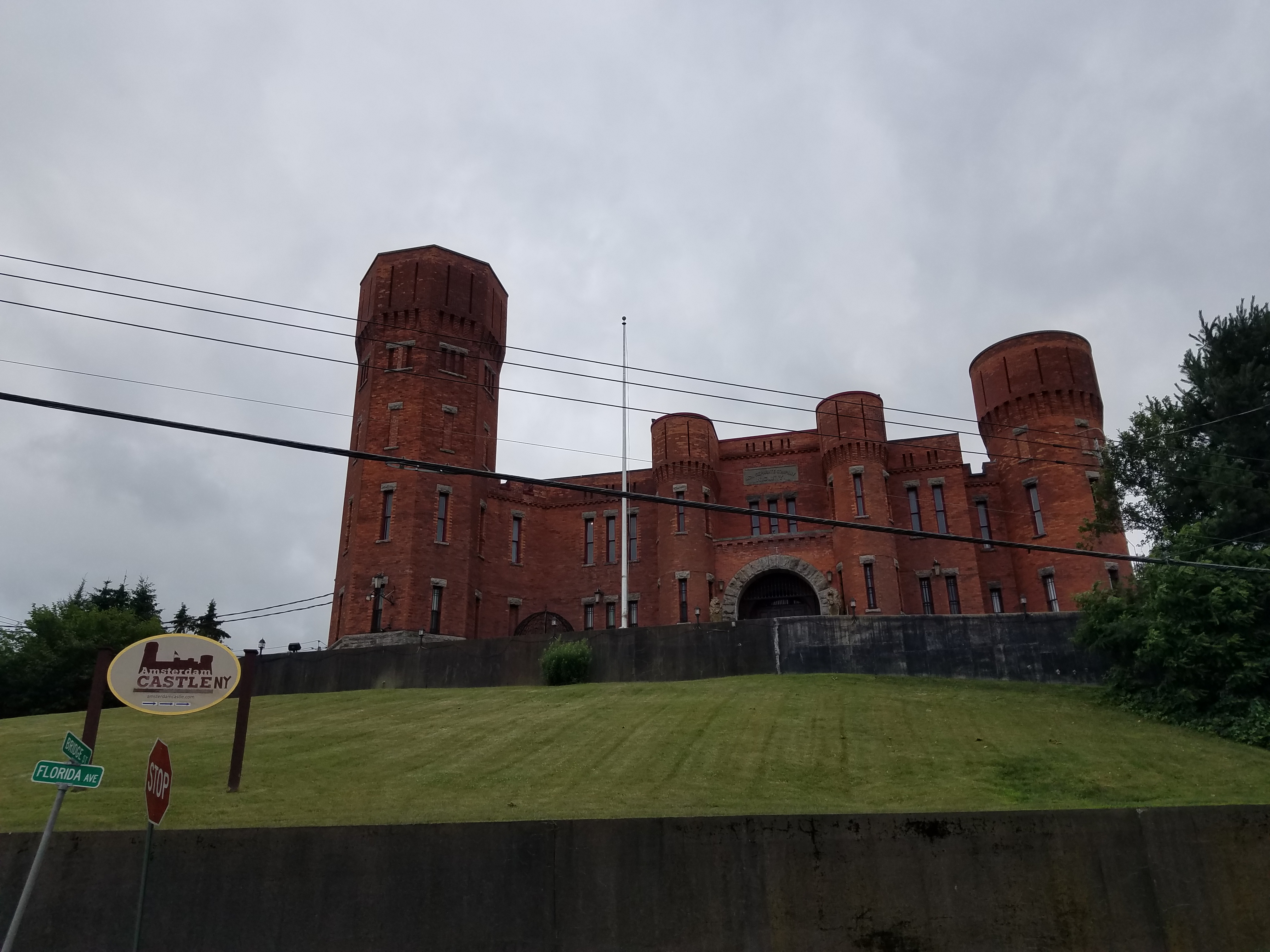
Castle in Amsterdam 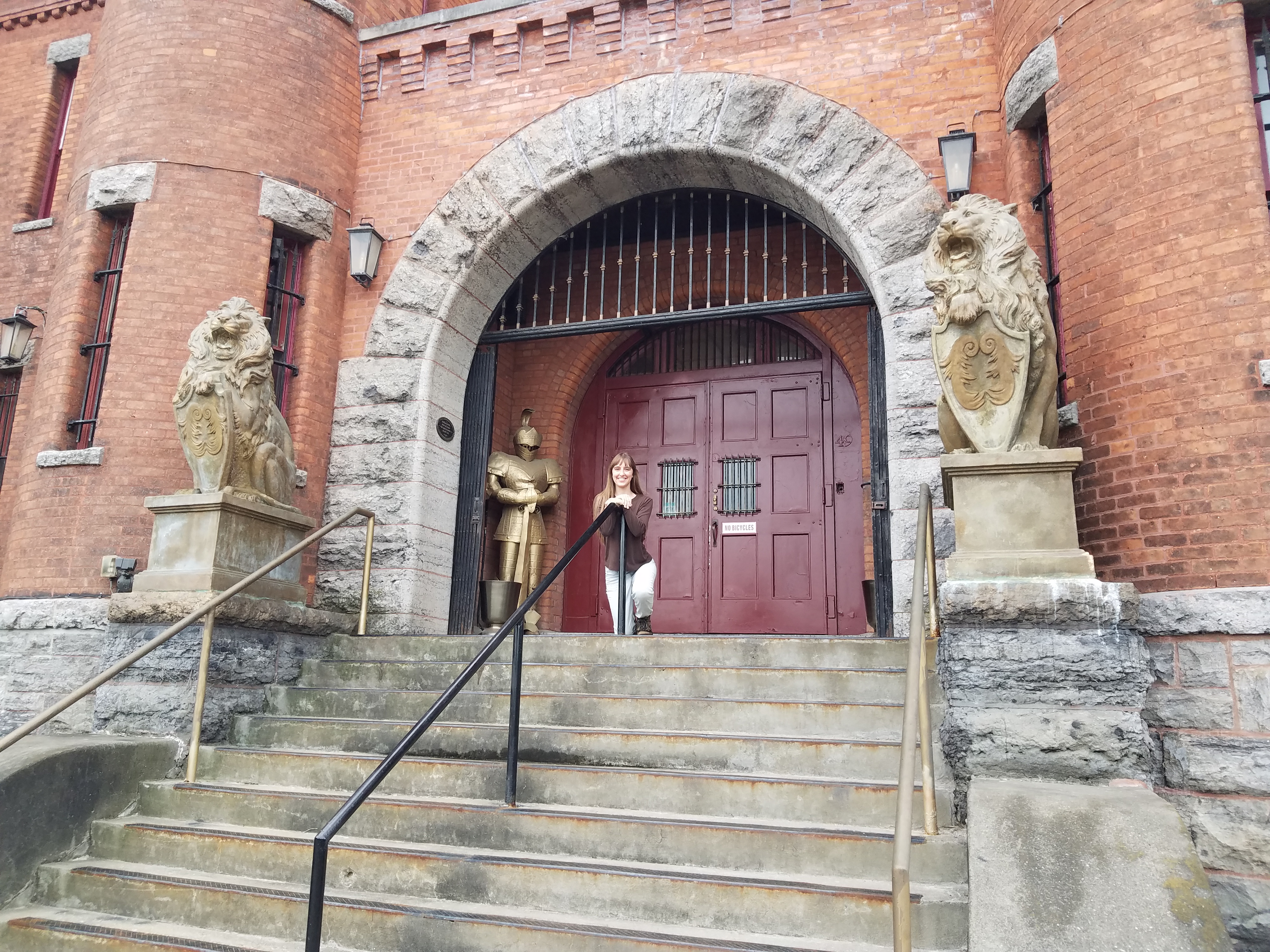
Posing in front of the castle
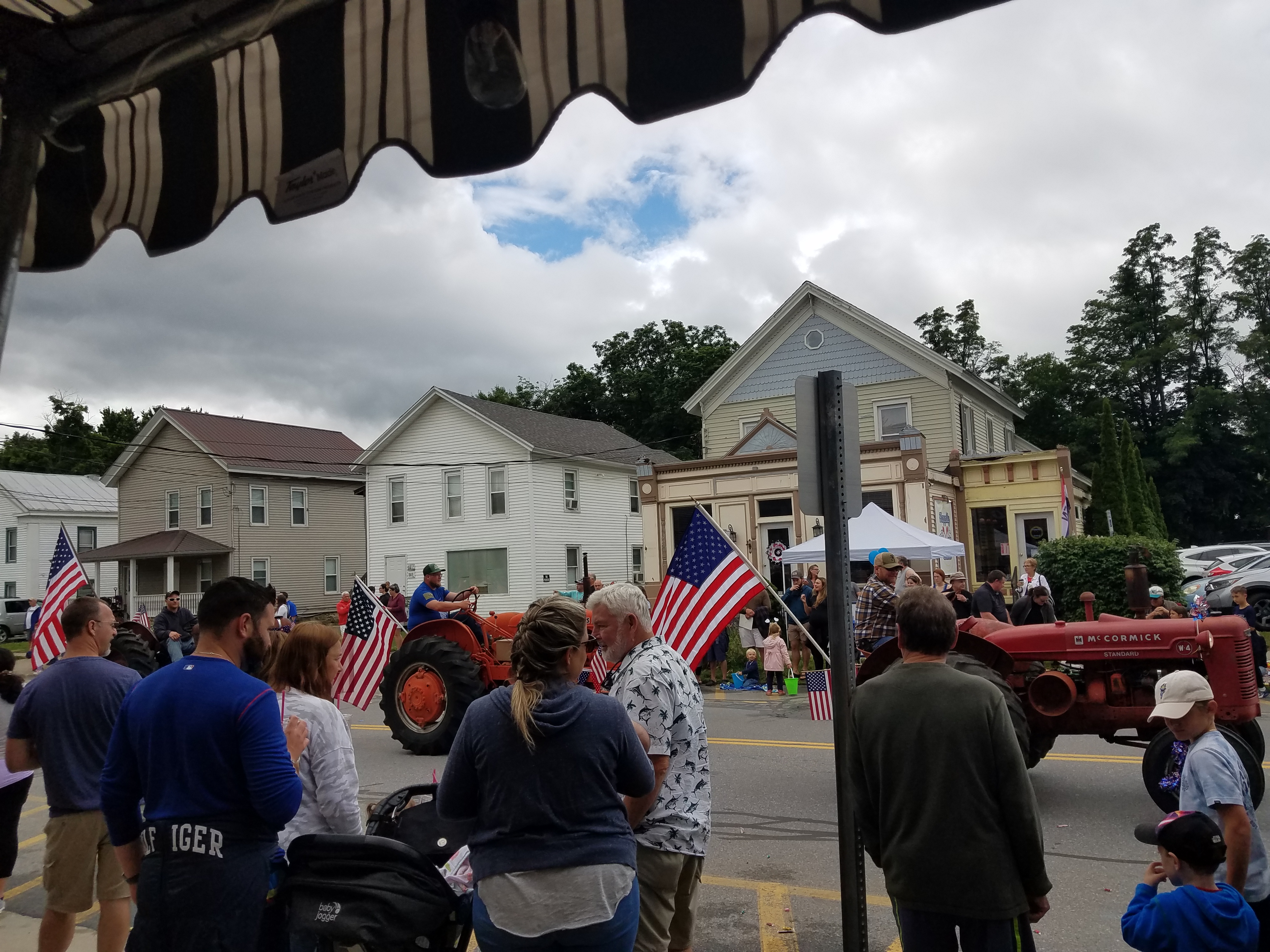
4th of July Parade 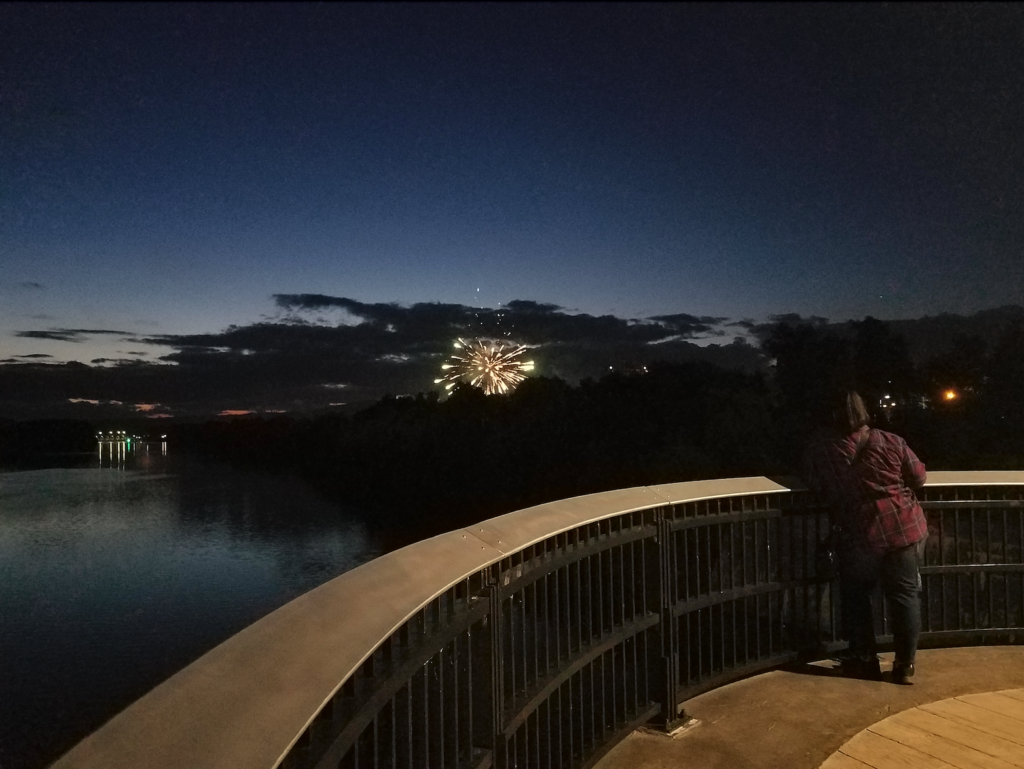
Fireworks over the Erie Canal
In addition to the field duties described above, I also had a number of other responsibilities. These included bringing my own food, making sure we had everything prior to setting out for the field (fitting everything in the car trunk was a game of Tetris!), keeping stock of our supplies and buying new items when we needed them, cleaning traps between each sampling trip, fixing any broken traps as necessary, taking care of office duties (ex. creating pre-trip checklists for the rest of the mammal survey teams), communicating with state officials and the public when needed, and communicating with and training volunteers and interns (mostly undergraduates; I worked with a different set of people during each trip). Sometimes there was only one person who came with me, whereas at other times there were over five. Not to mention a whole lot of driving was involved! This included both reaching the site on the first day, and also the frequent commuting that occurred during the week (either back to campus if we were near Syracuse or back to the campground if we were camping, ranging from ten minutes to over an hour). Reaching the site the first time was always the most challenging because I usually only had GPS coordinates to go off in terms of directions and had to find an ideal trapping location; on one occasion I drove for nearly 10 hours straight. And, of course, there was the biggest responsibility of all, which was ensuring everyone’s safety in the field. I myself once landed in the hospital due to a strong reaction to black fly bites (I guess my Arizona immune system wasn’t used to those :). Part of the daily routine during camping included finding cell service to inform my supervisor that everyone was safe.
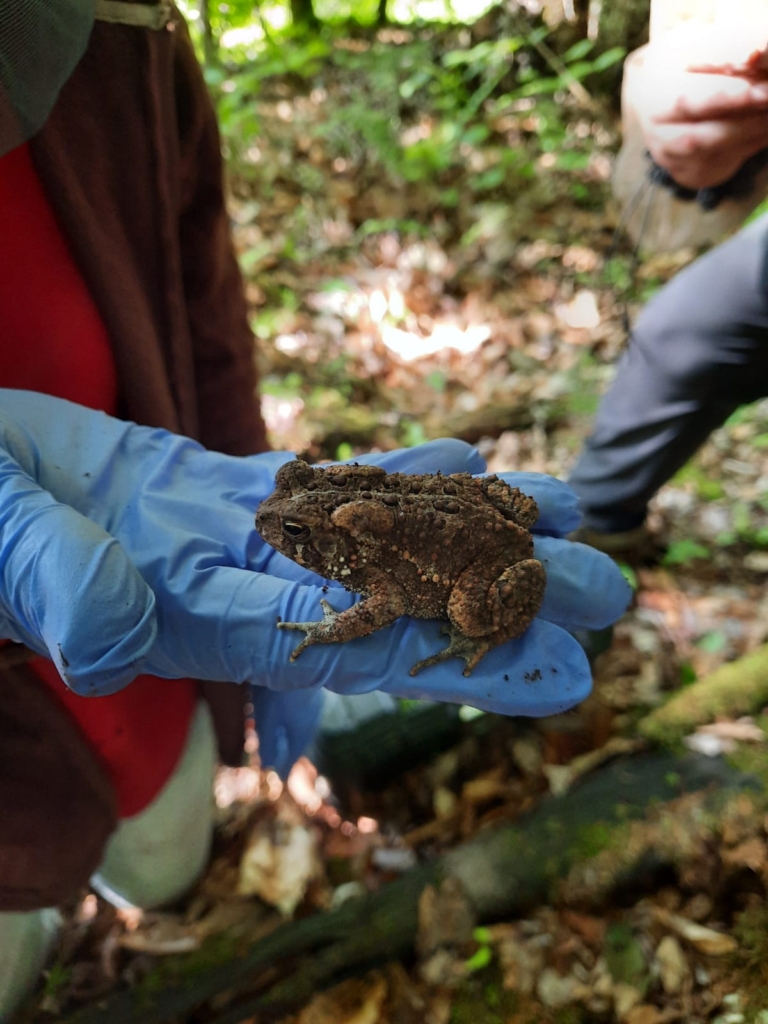
Toad 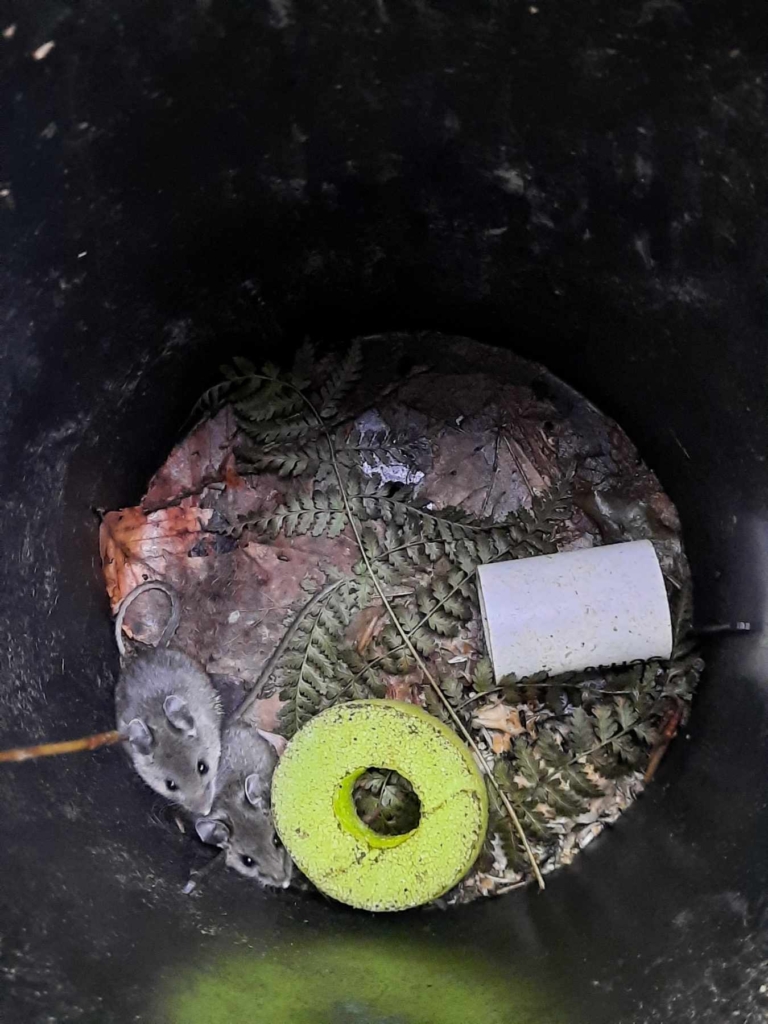
Young Mice 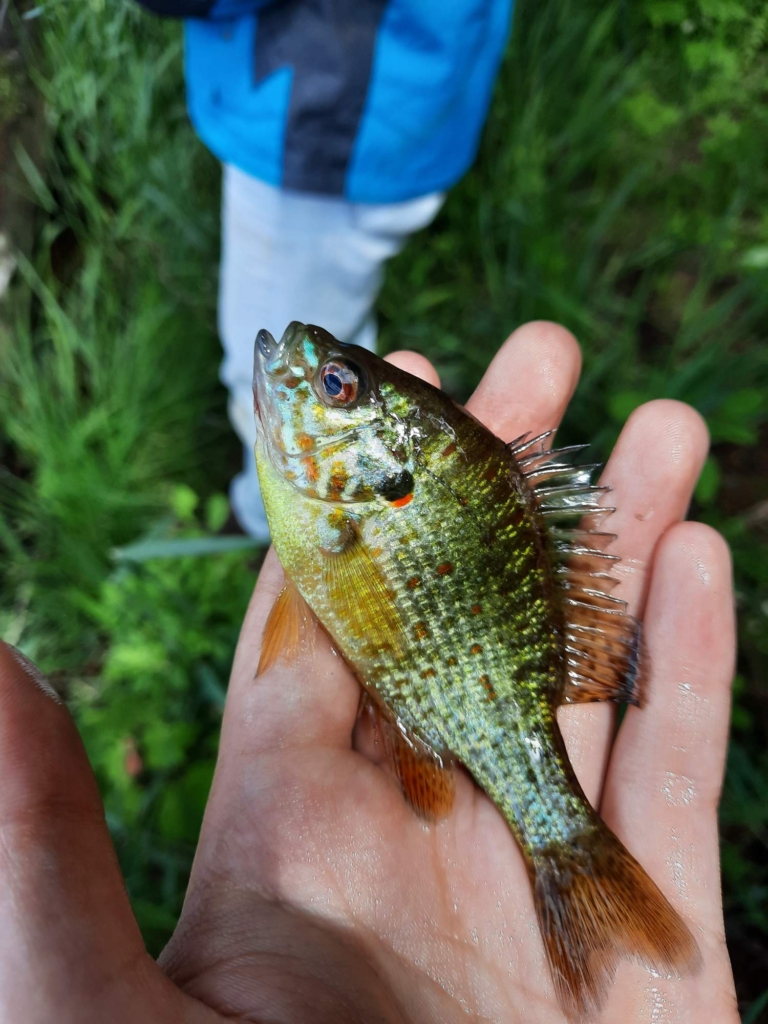
Pumpkinseed 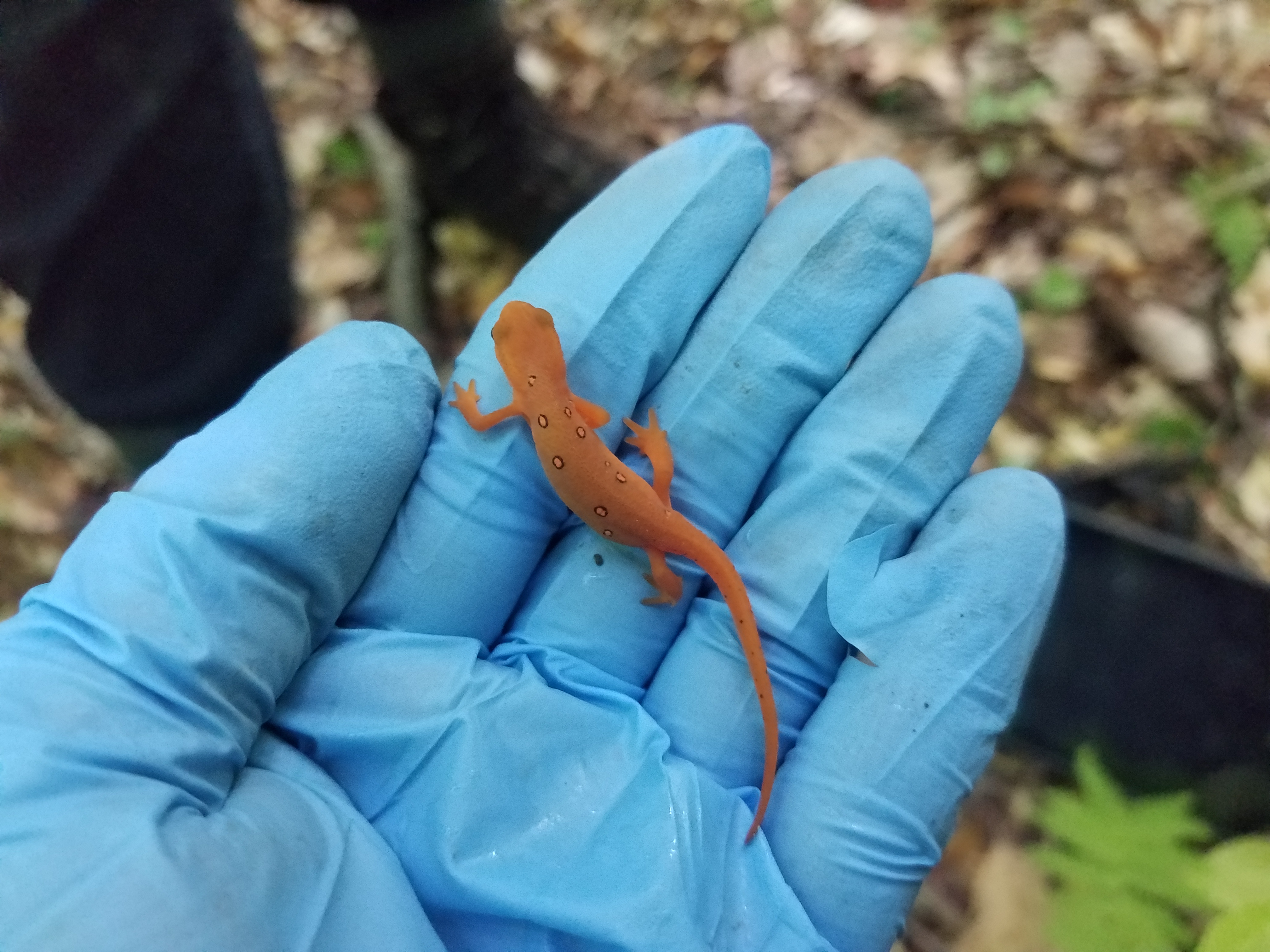
Newt 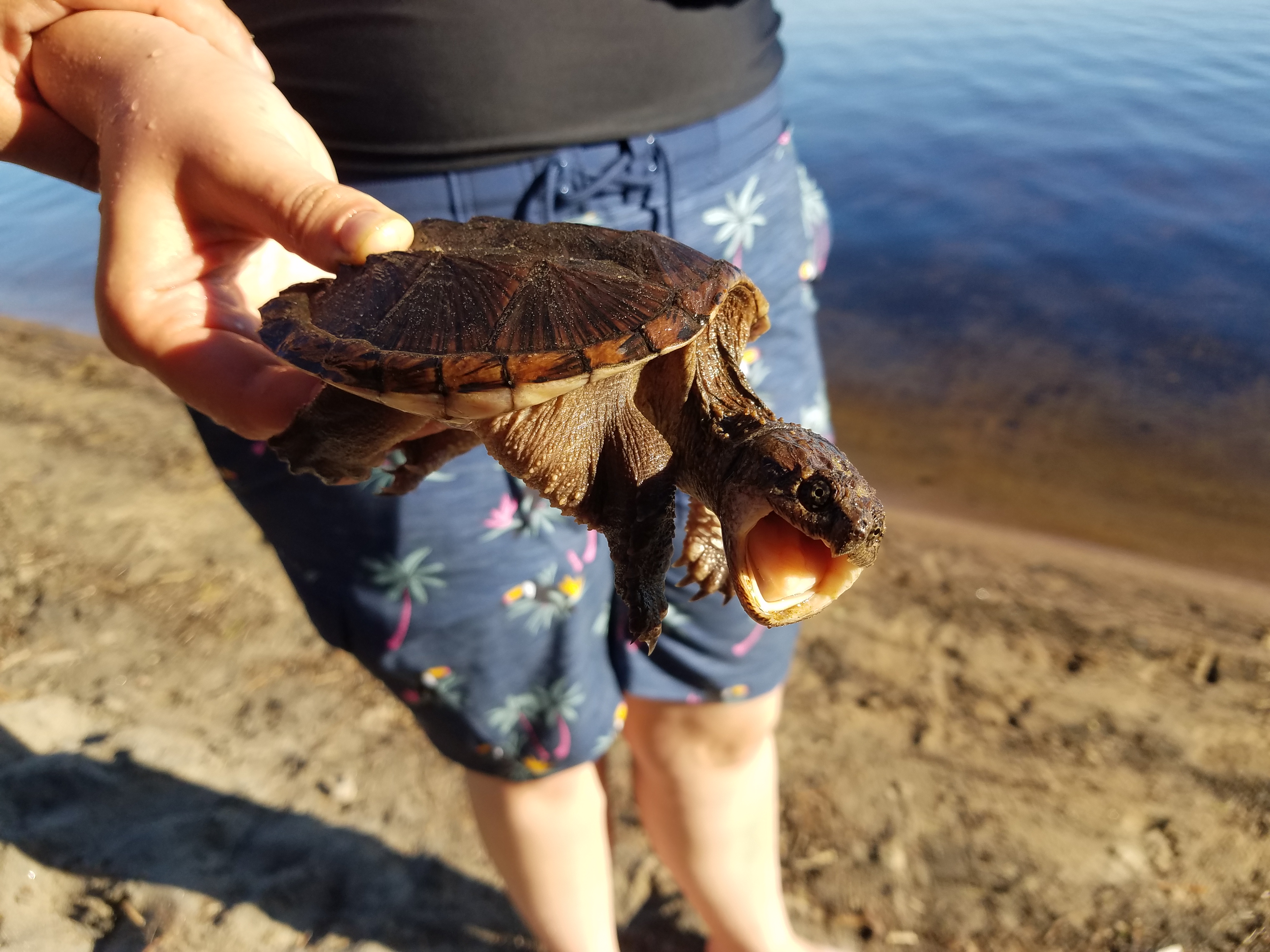
Snapping Turtle
As with any field-related job, there were also many unexpected difficulties that occurred. I smile as I write about it now, considering it seemed there was something that happened on each trip. Sometimes we had to take the site down early because a bear came through and destroyed our traps (which then also necessitated picking up new traps, involving several hours’ worth of driving). Other times the camera traps or tablets malfunctioned and we had to find alternatives for recording data. Still on other occasions there was a shift in the trapping schedule due to communication problems, or the need to first pick up a key to a gate at the site. Sometimes the car had trouble (we once had to remove the engine shield, which was dragging along the ground, using a pair of blunt scissors…). I also had a good share of off-roading and enduring the smell of rotting chicken (we carried extra chicken with us in the car in case the camera traps needed rebaiting. It was sooo satisfying cleaning out that car at the end of the summer and spraying it full of Febreze!). And then the obvious one: sometimes the weather wasn’t friendly when we were working (it’s kinda hard to flame sterilize a tool for genetic samples in rainy weather) or camping (my tent leaked several times). All in all though, each one of these situations was a good learning experience.
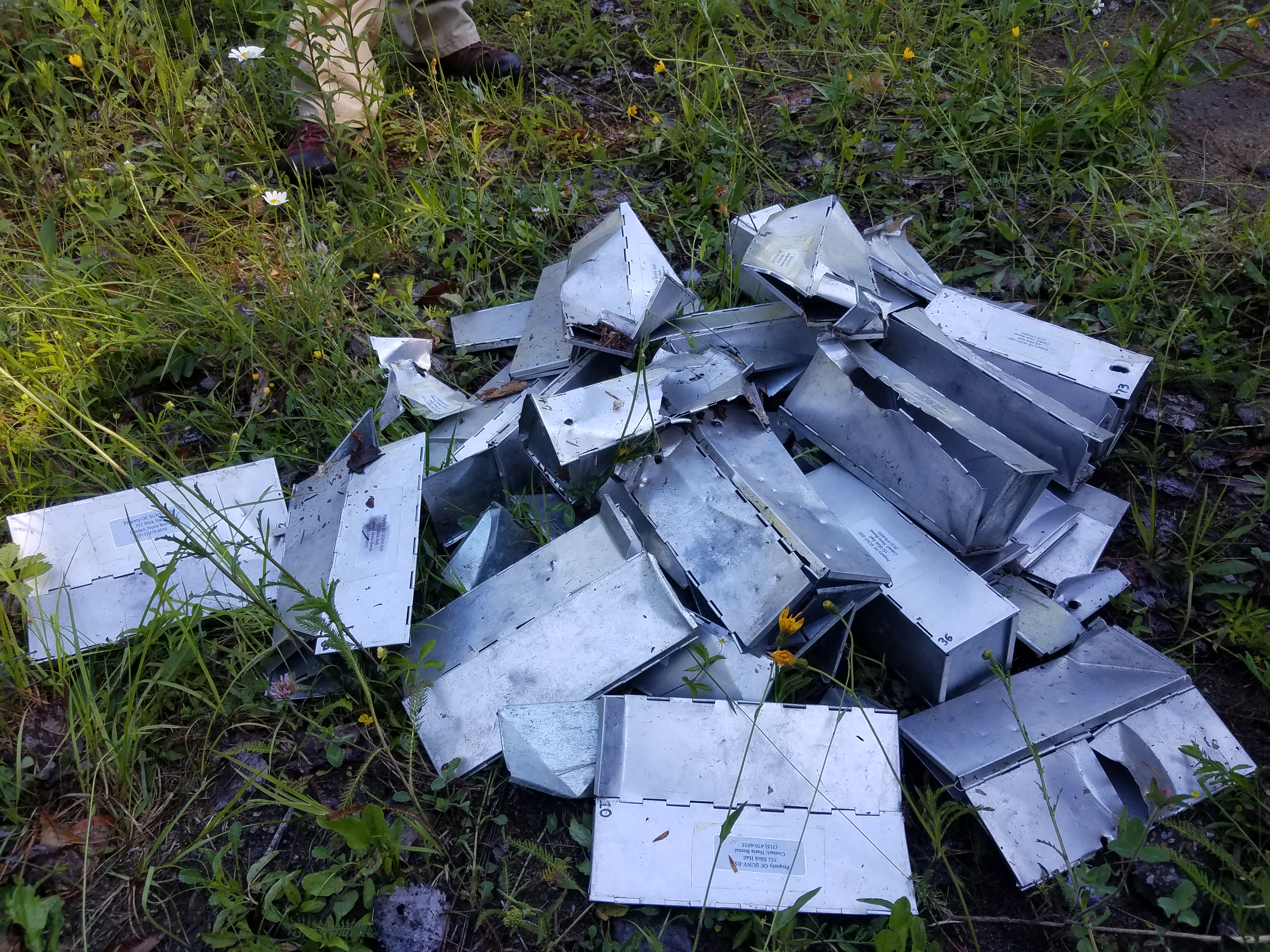
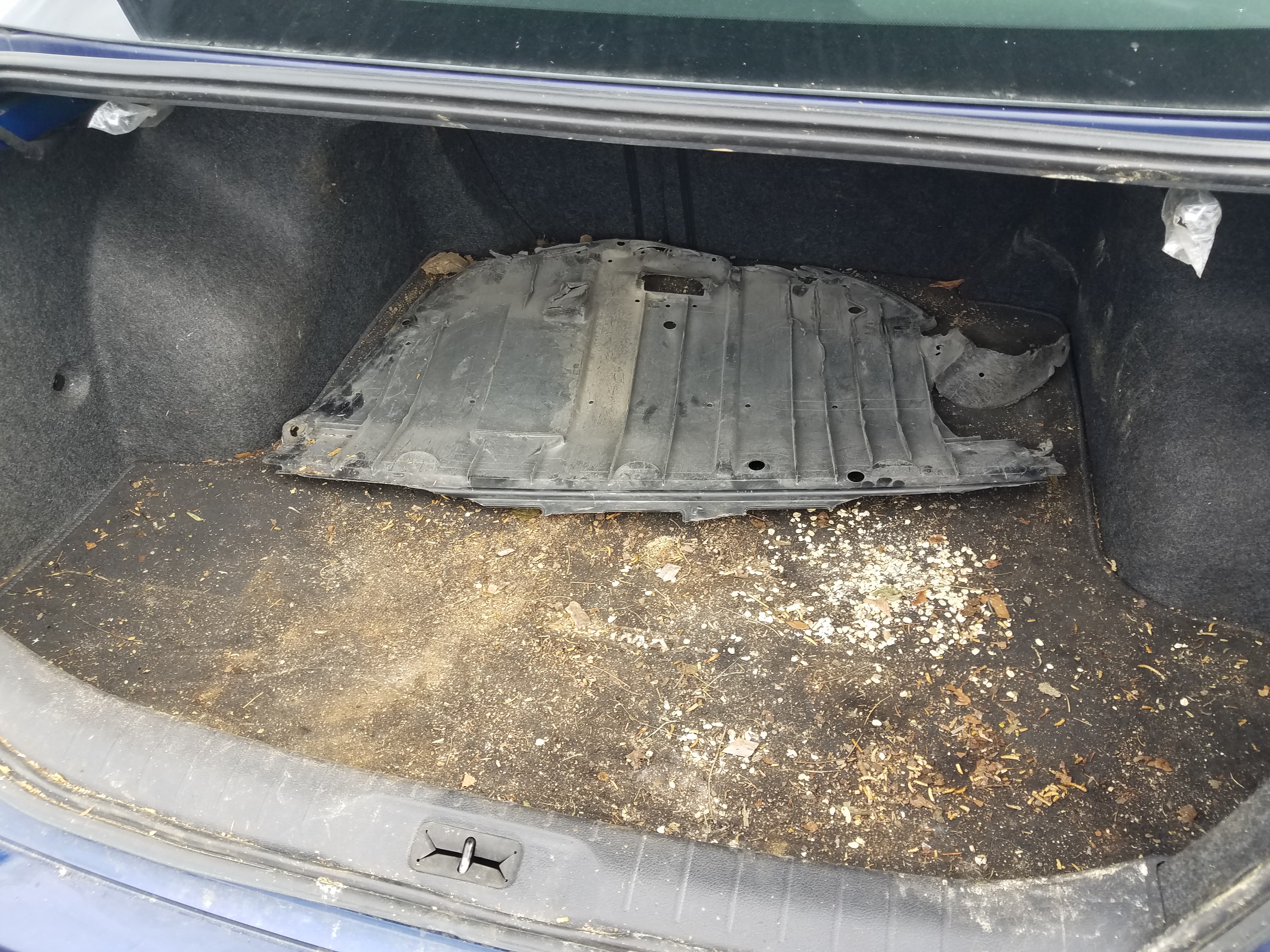
Car trunk before… 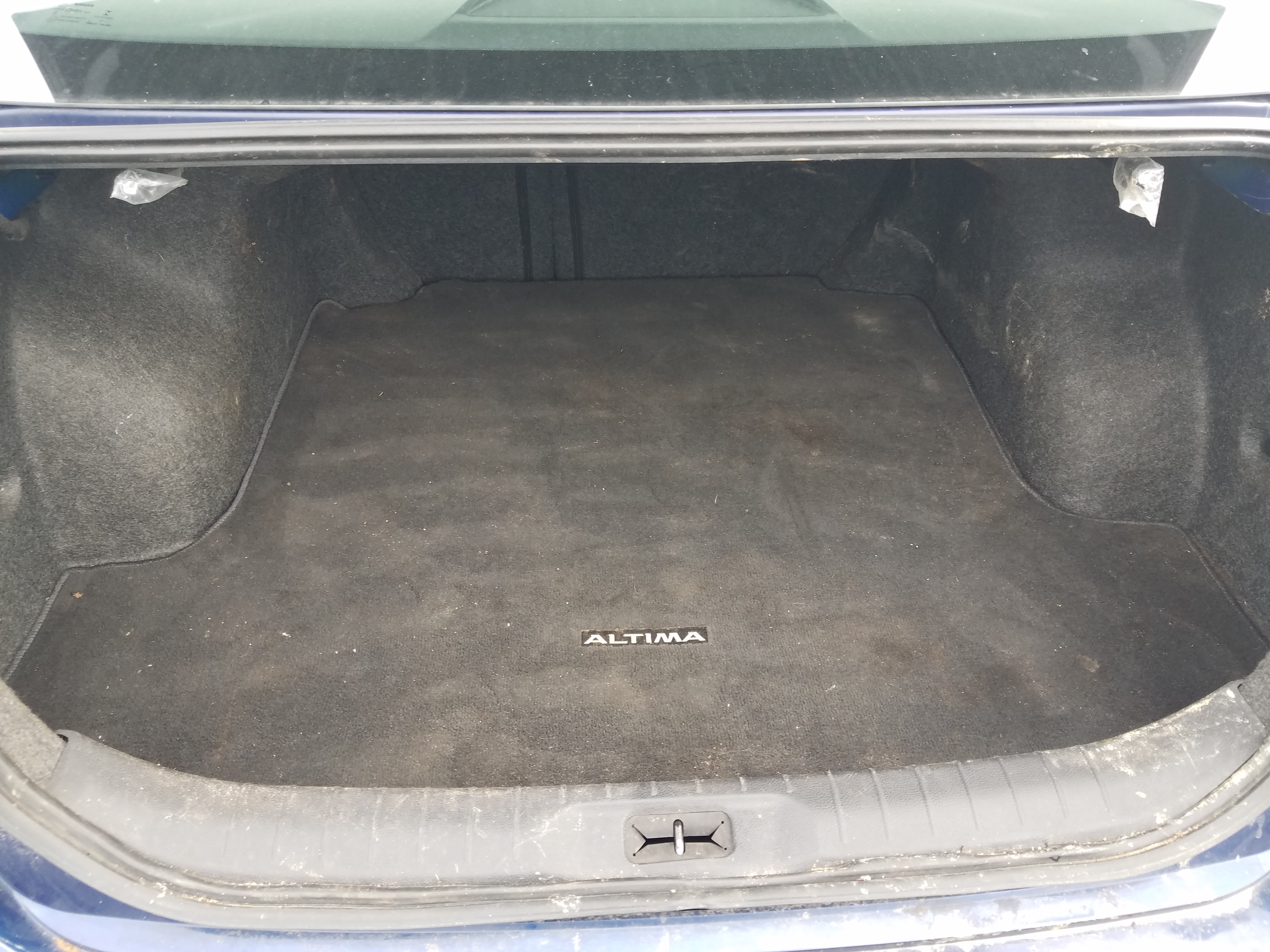
…and after 🙂
In addition to the actual work of the internship itself, our camping trips also involved many fun leisure activities. Being from Arizona, I had the opportunity to explore the Adirondack Mountains and its towns and cities, which was a huge treat! When we finished checking traps for the day, our spare time was filled with swimming, hiking, fishing, kayaking, camp cookouts, or exploring, shopping, and dining within the nearest town. One of our trapping sites was also smack in the center of a freshly ripe raspberry patch several hectares in size, which served all our breakfast needs :). And, overall, one of the biggest blessings was the opportunity to meet and work with some really great people.
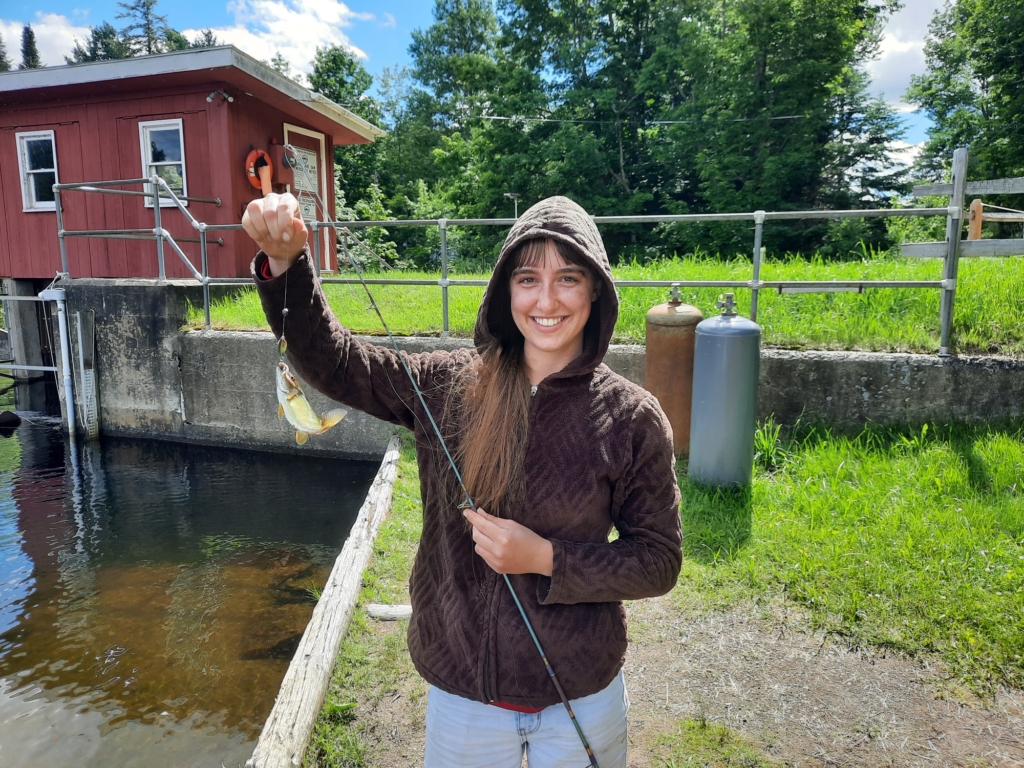
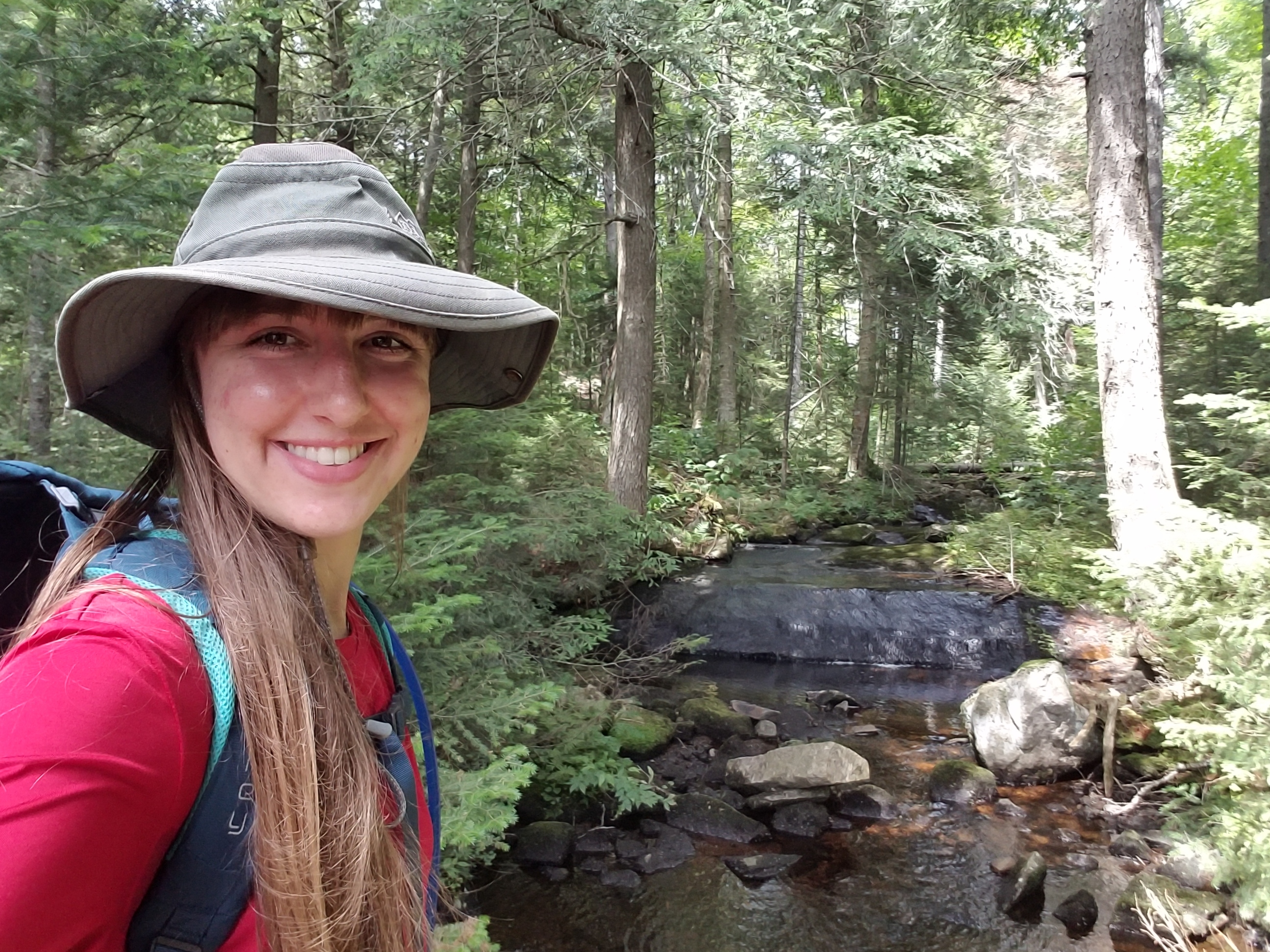
Although this internship was one of the most challenging things I had done up to that point, it was also therefore one of the greatest phases of growth I’d experienced. In addition to learning new field skills, refining old ones, and working flexible and irregular hours, I primarily learned about what it means to be a leader and supervisor. As stated at the beginning of this post, this was a heavier leadership role with more responsibility than anything I had done previously. Therefore, I had to establish expectations for the others who helped me on the project while simultaneously not taking advantage of or overworking them, which was a very fine line to walk. Learning to be in a position like this also involved recognizing and acknowledging my own limitations. All things considered though, it was worth it.
